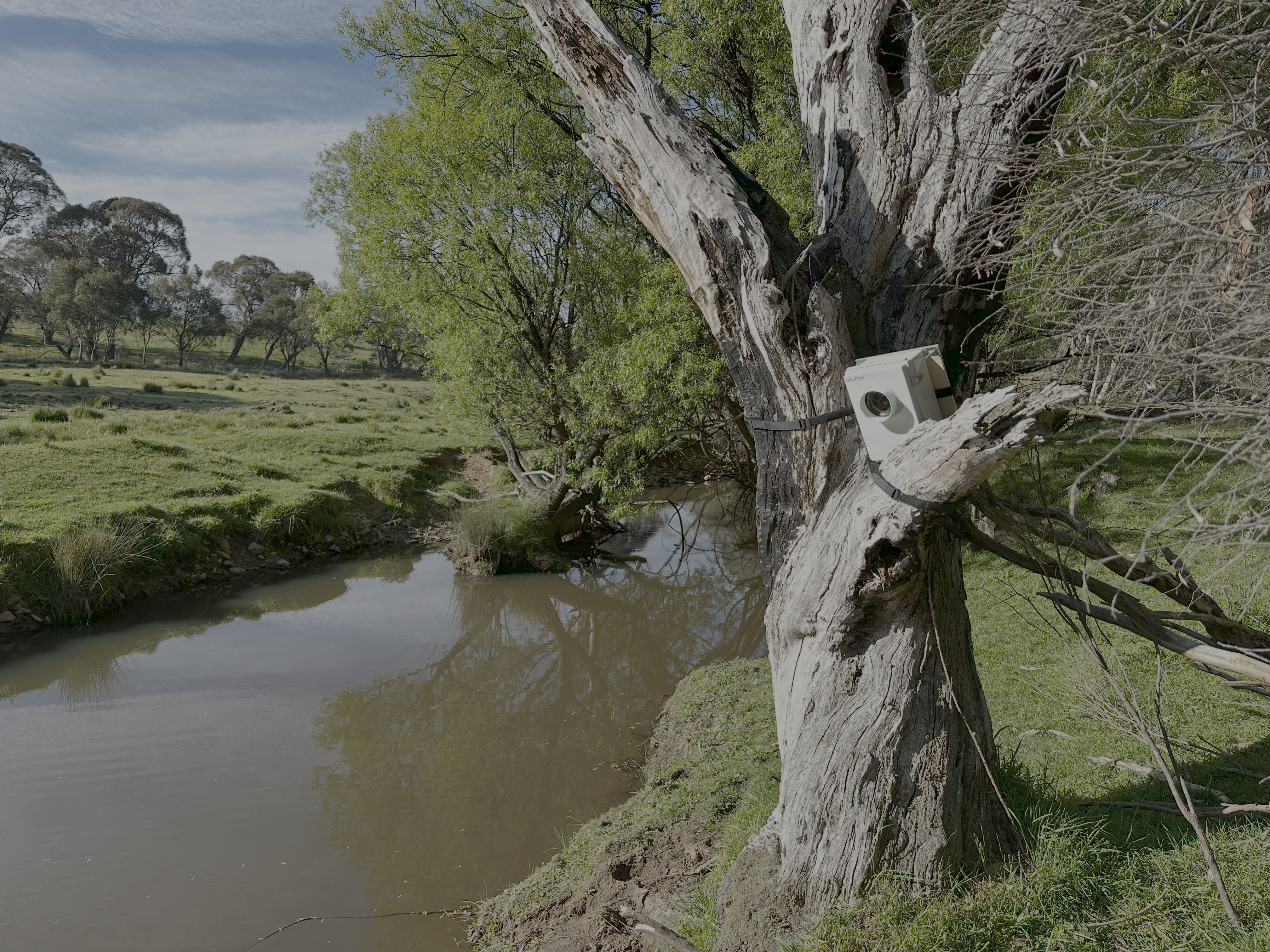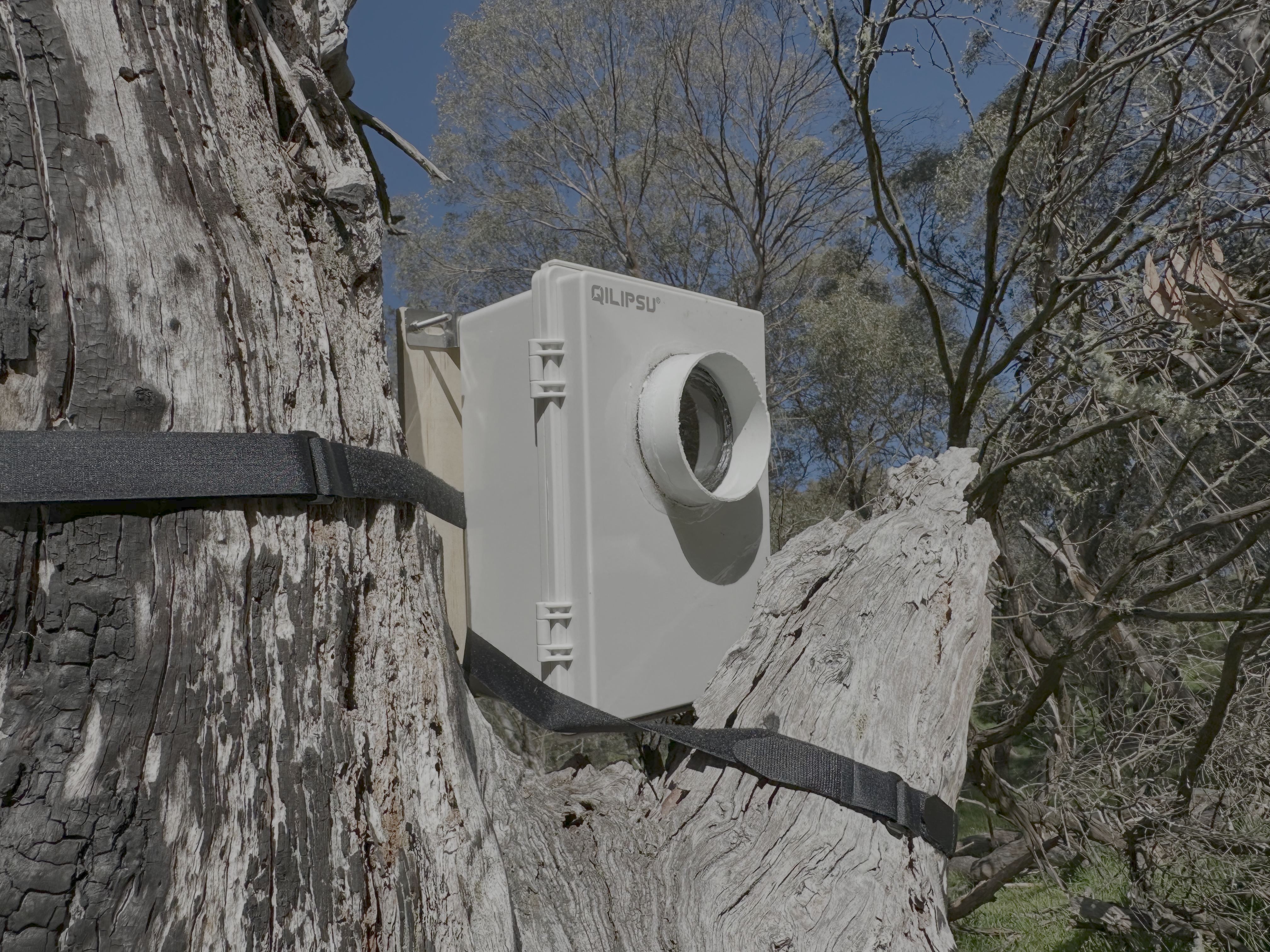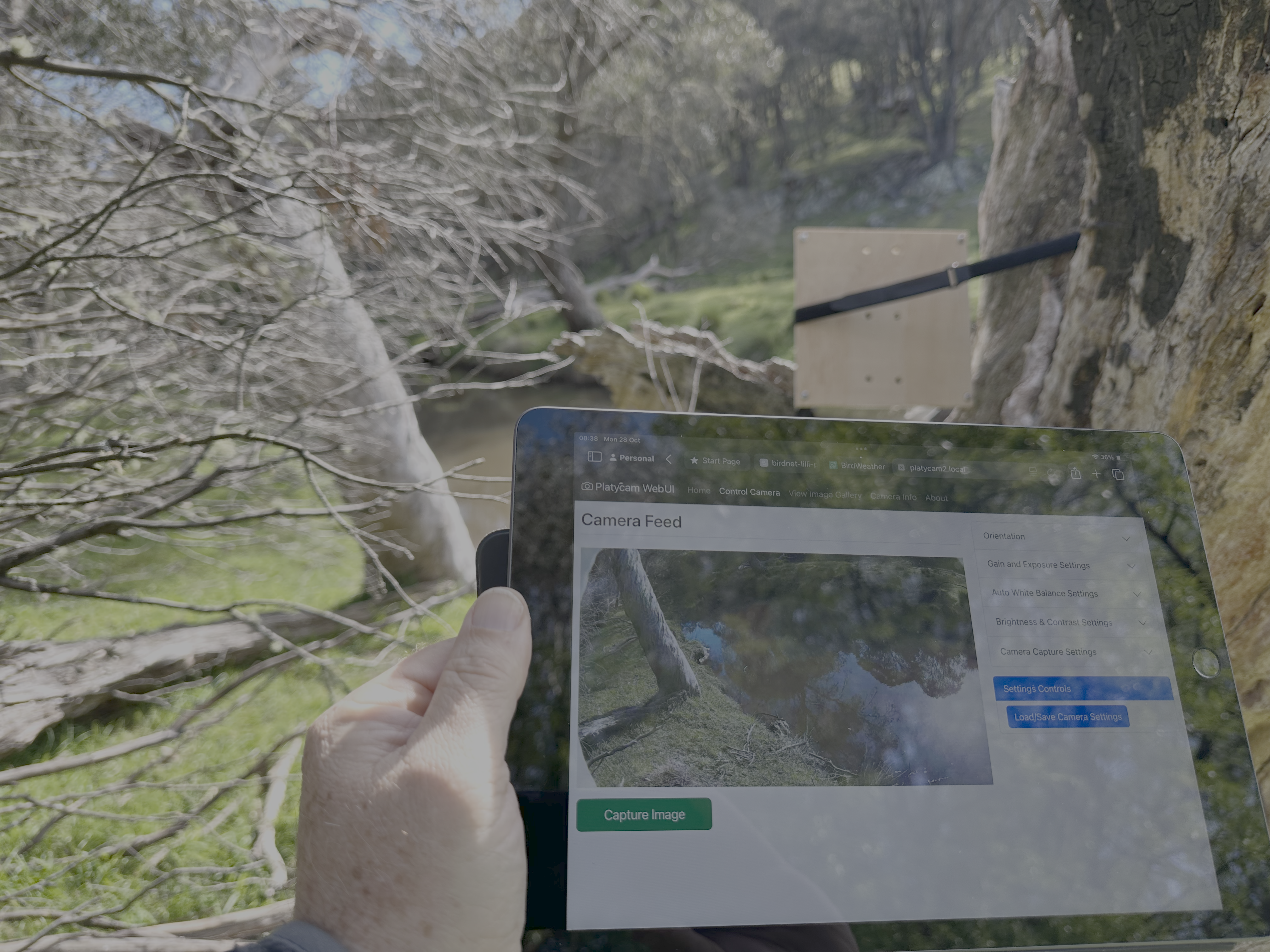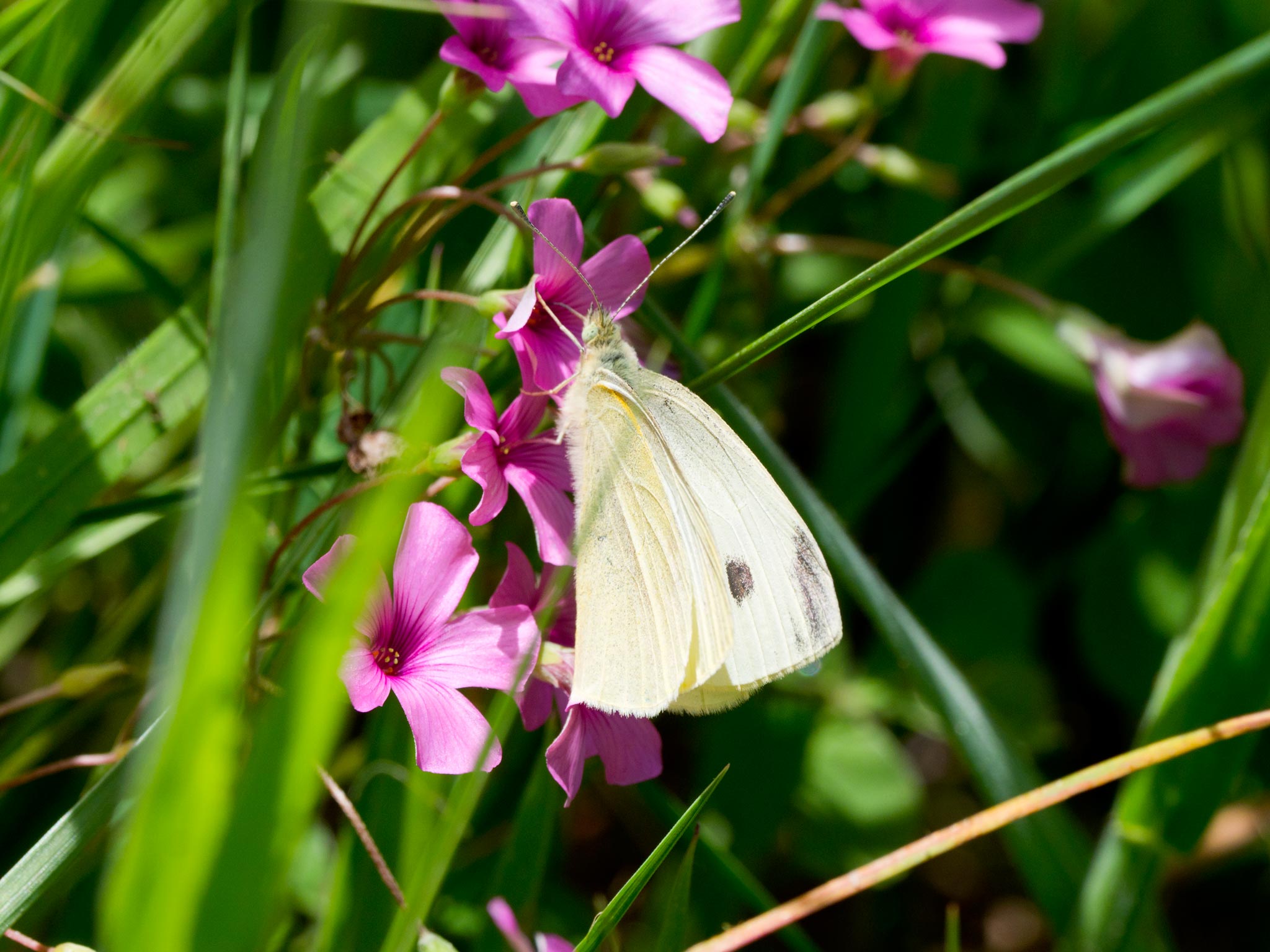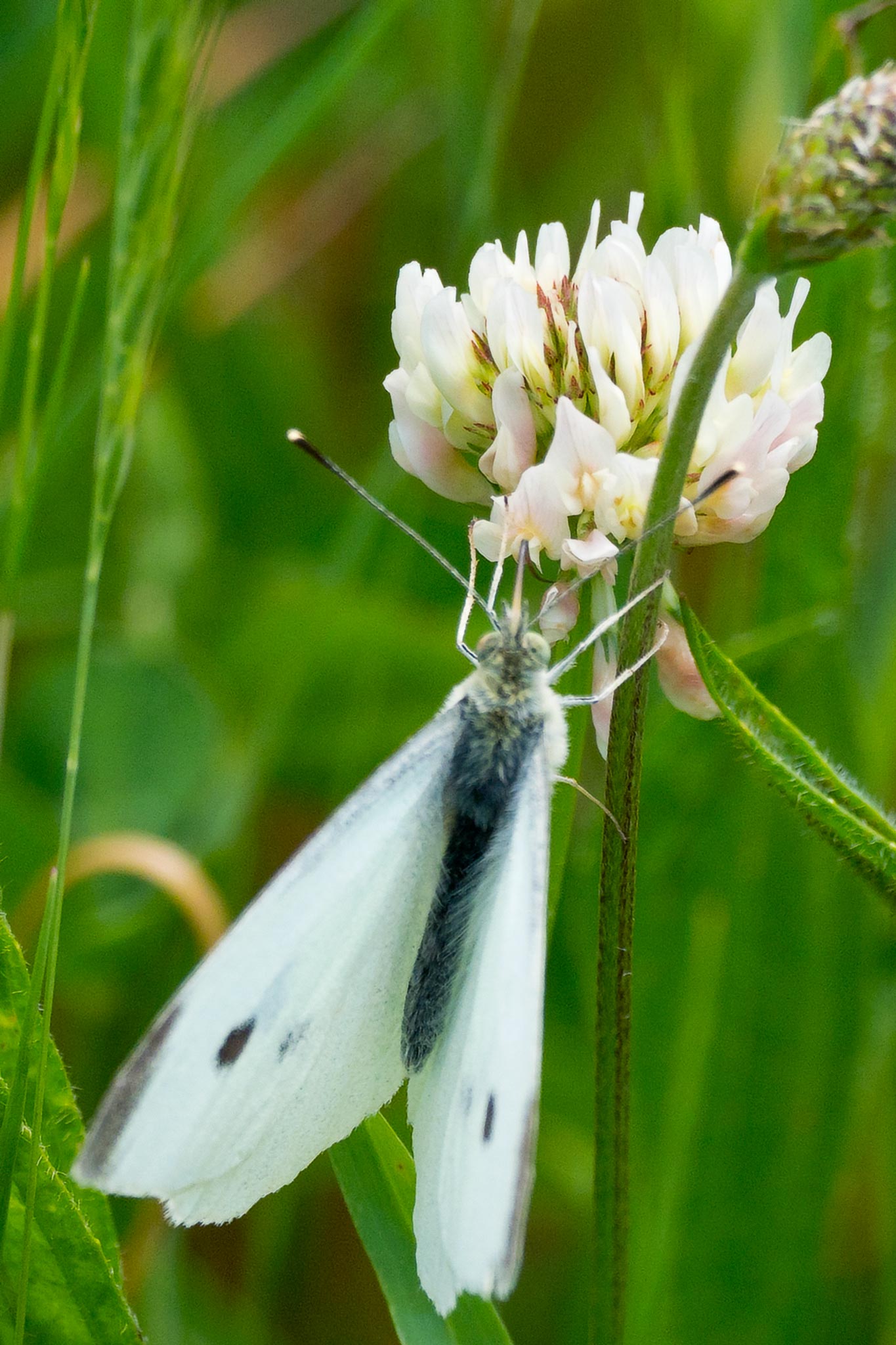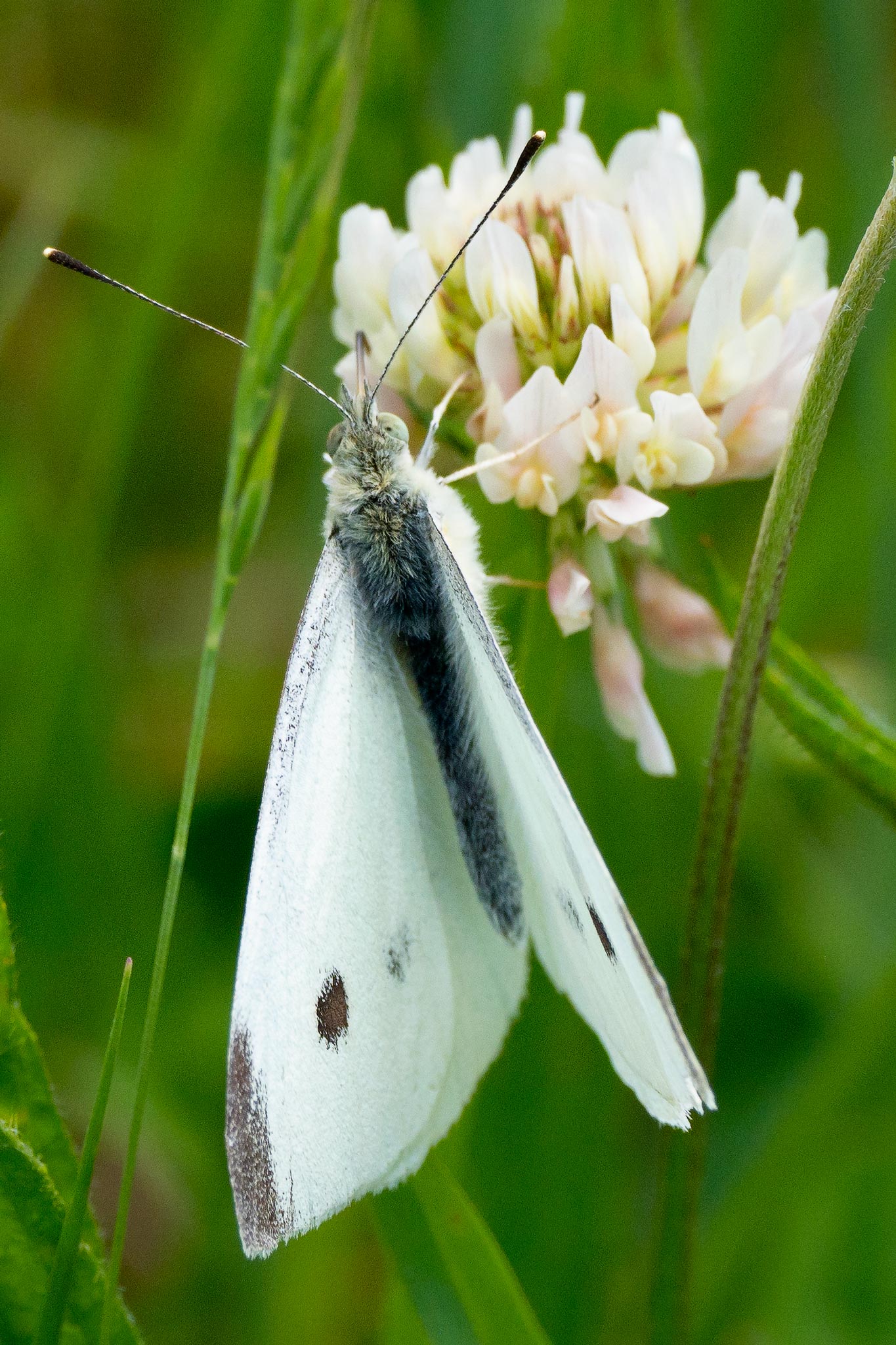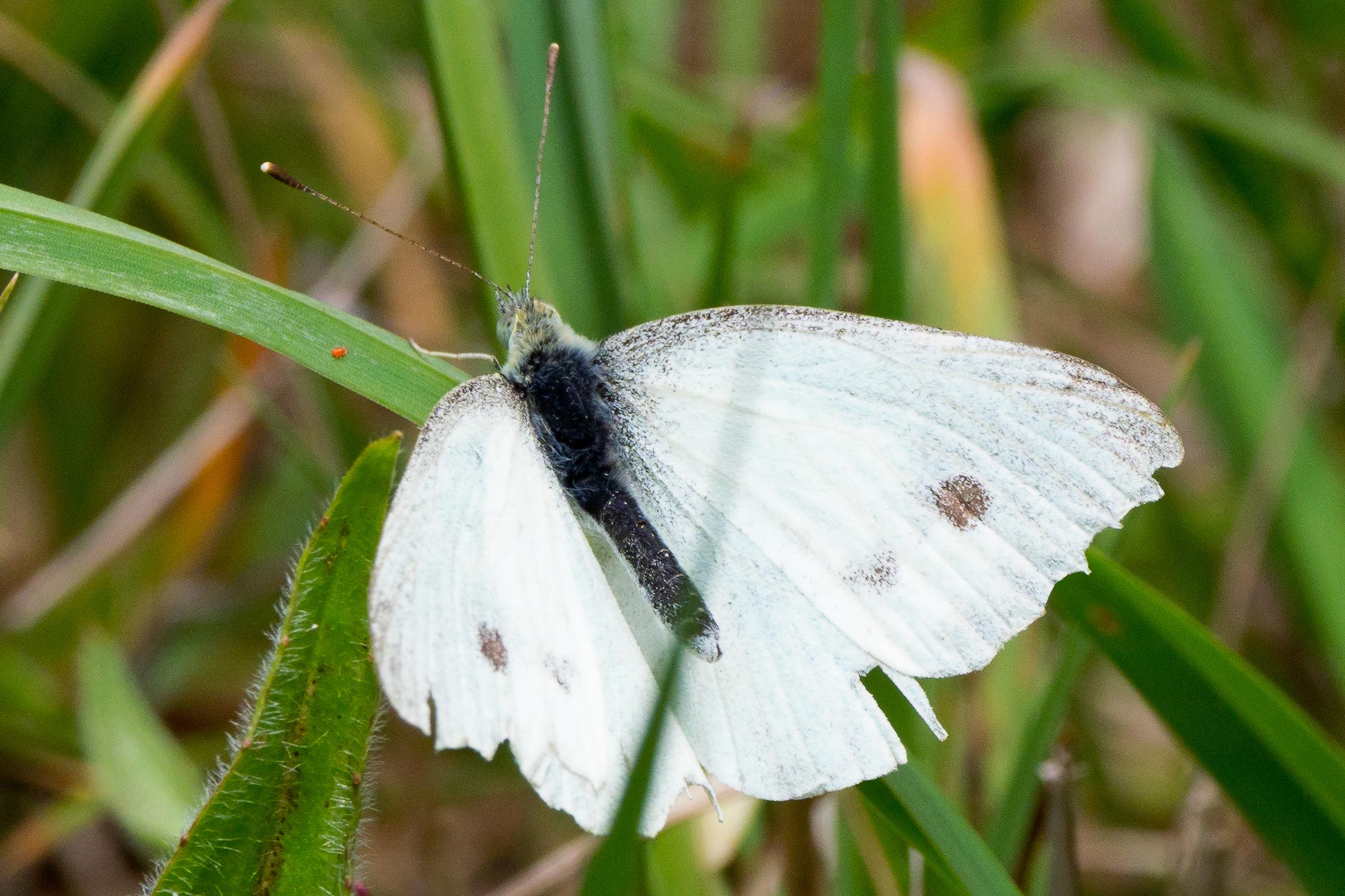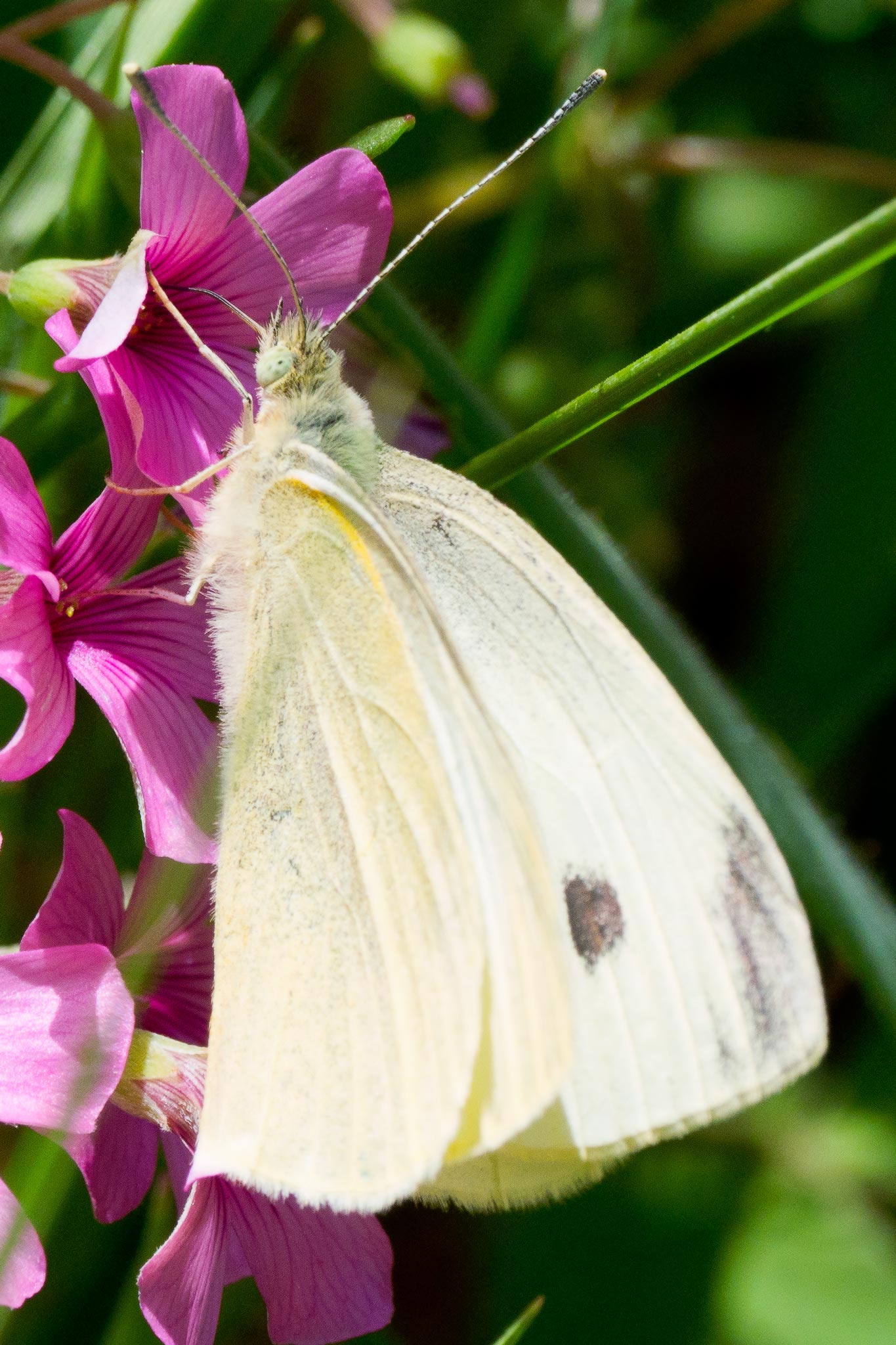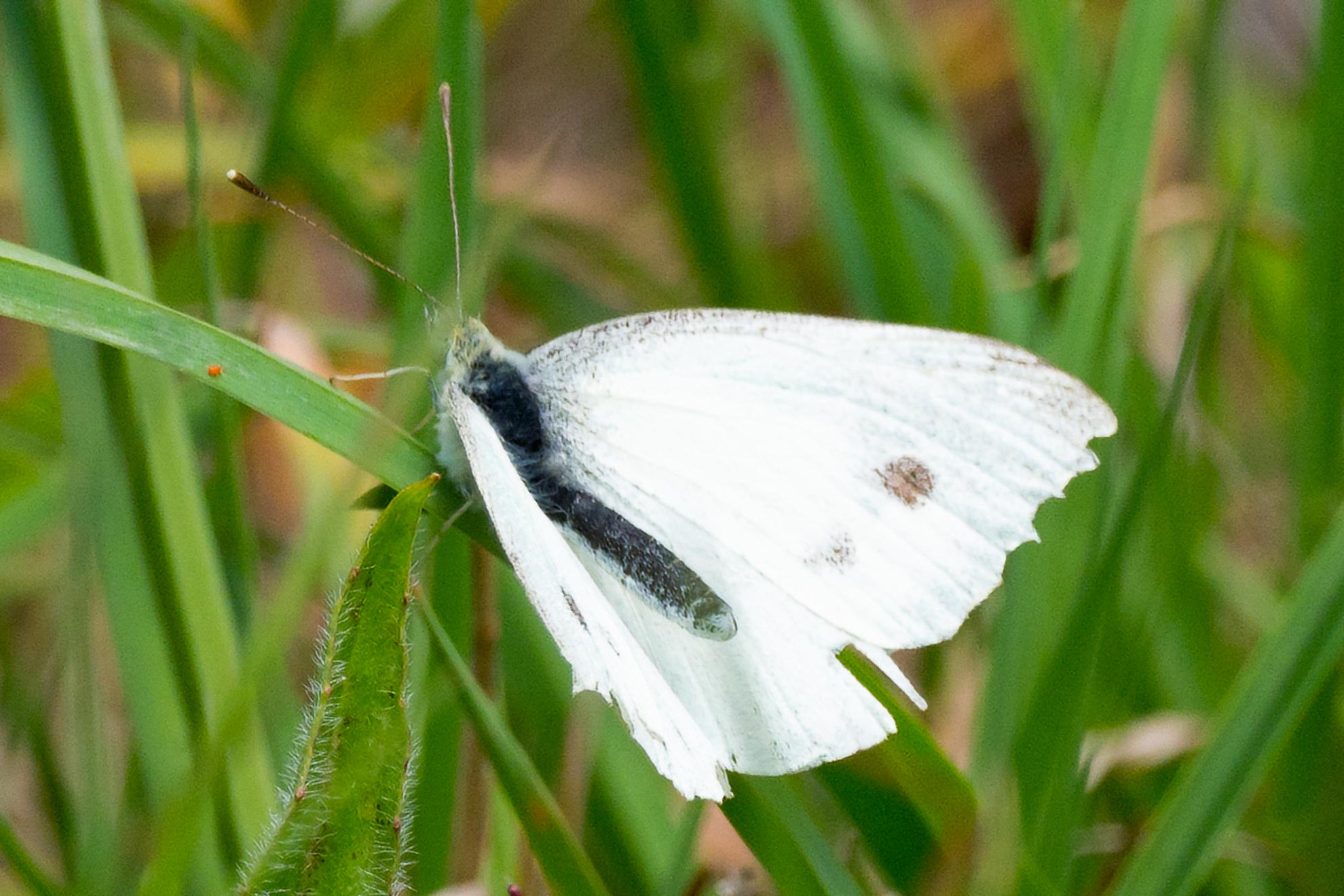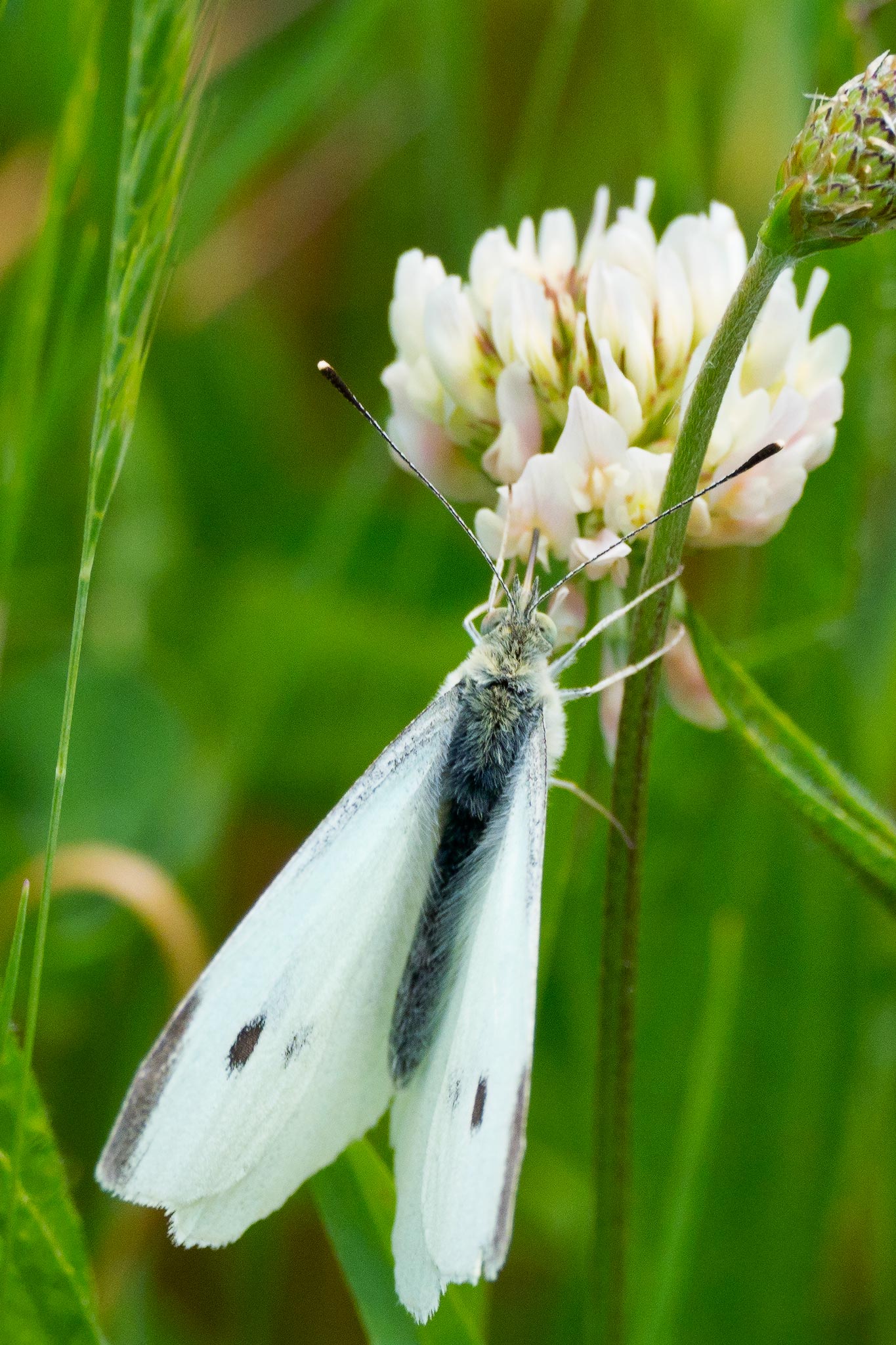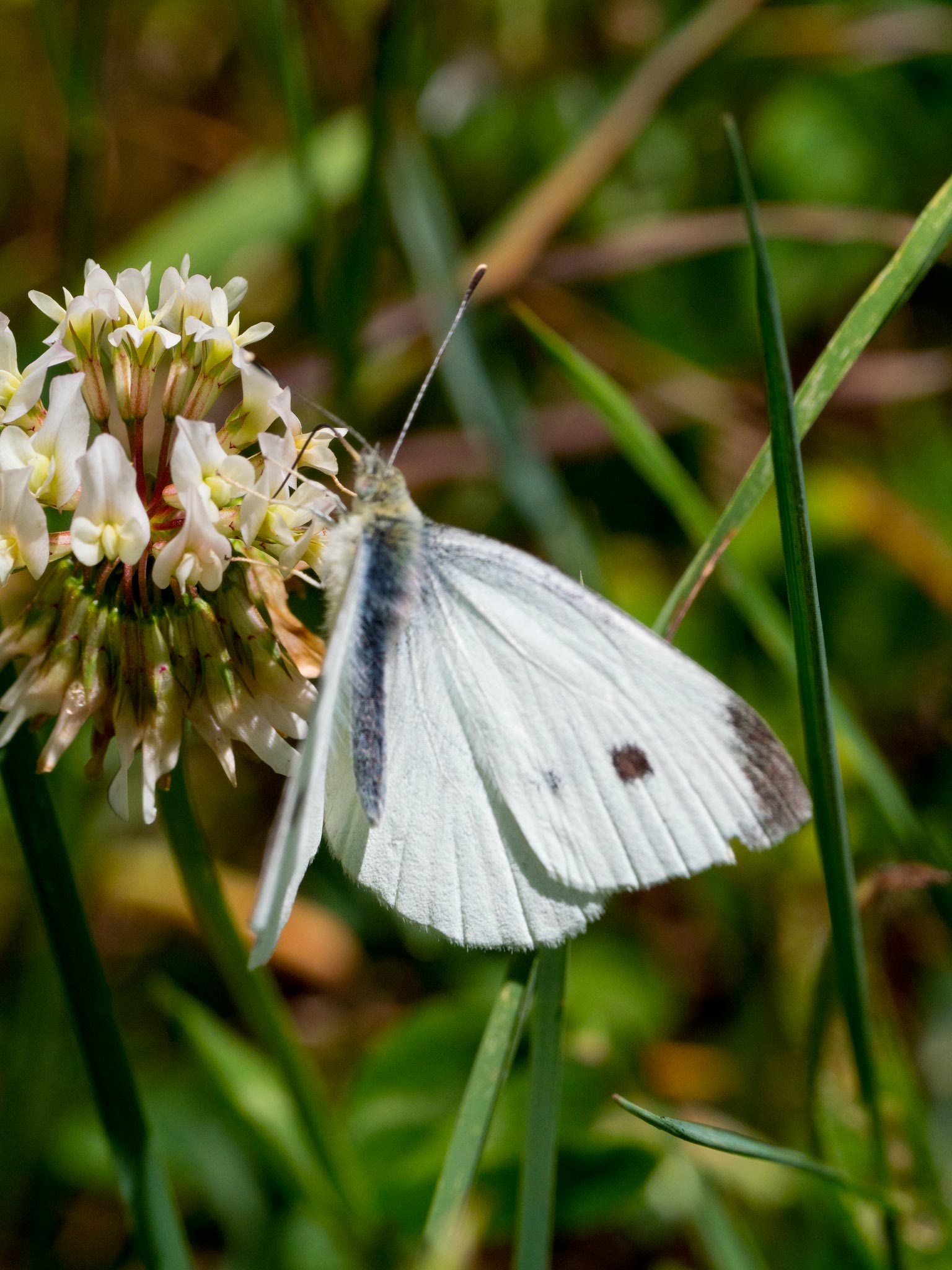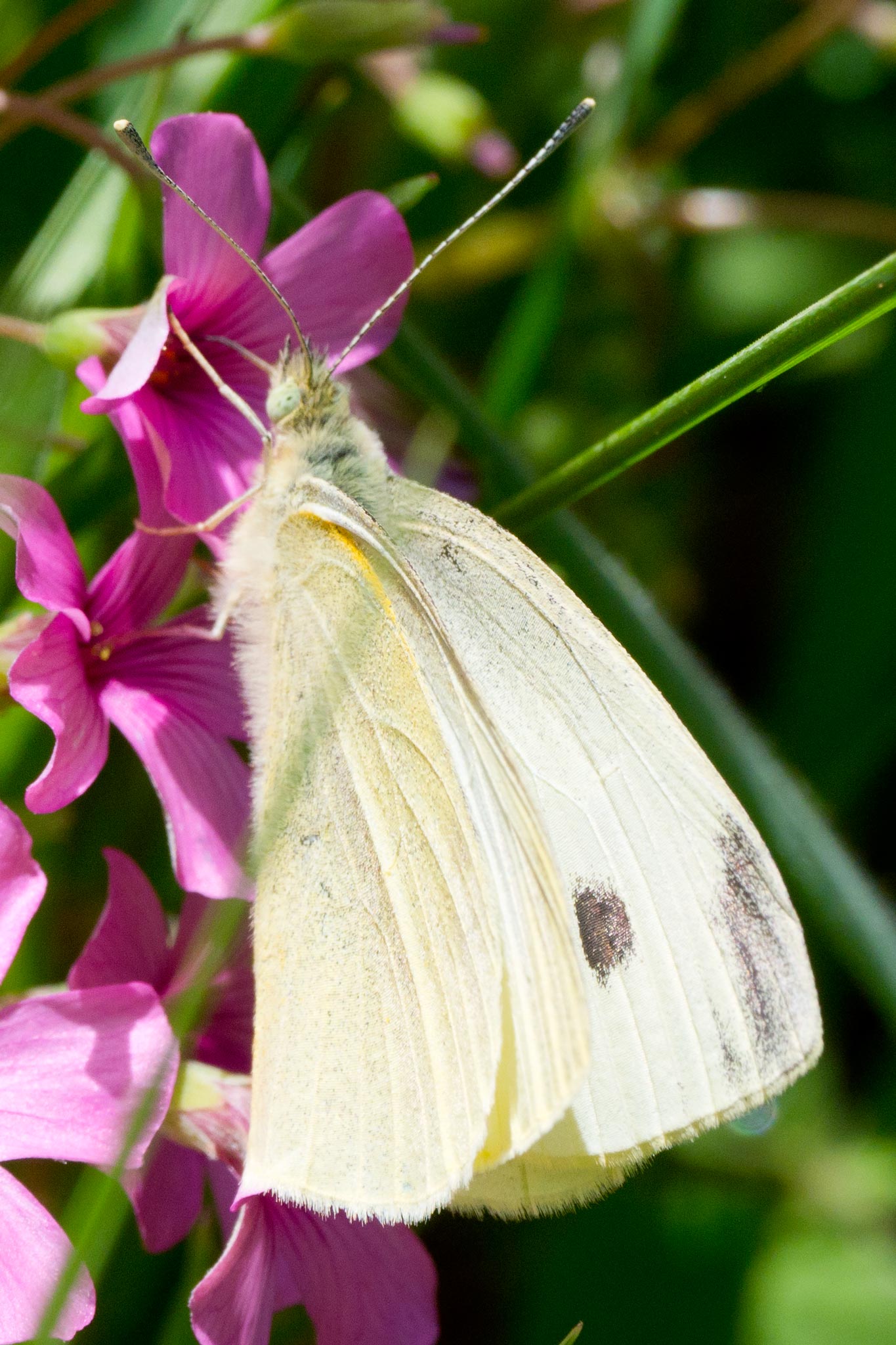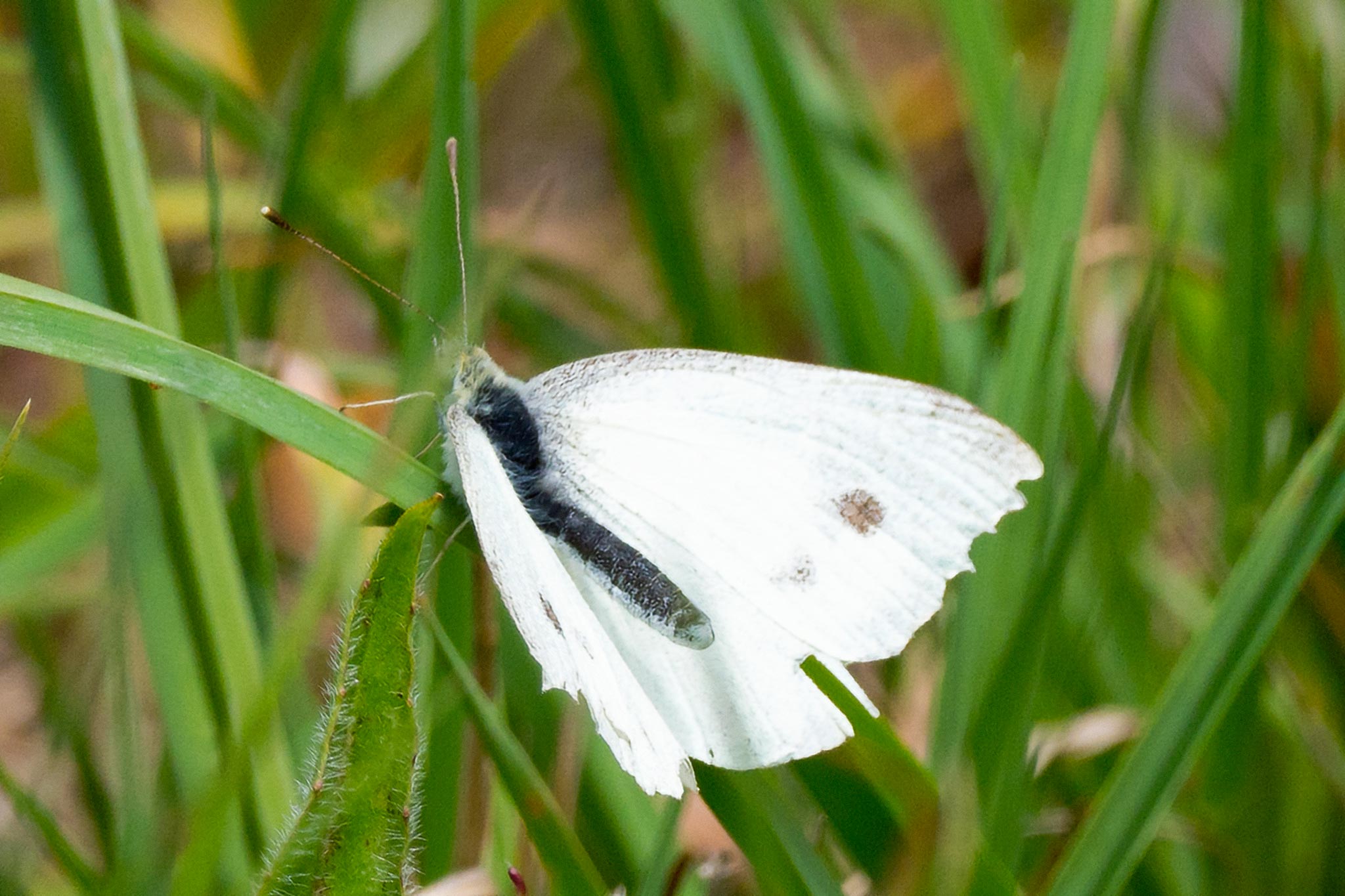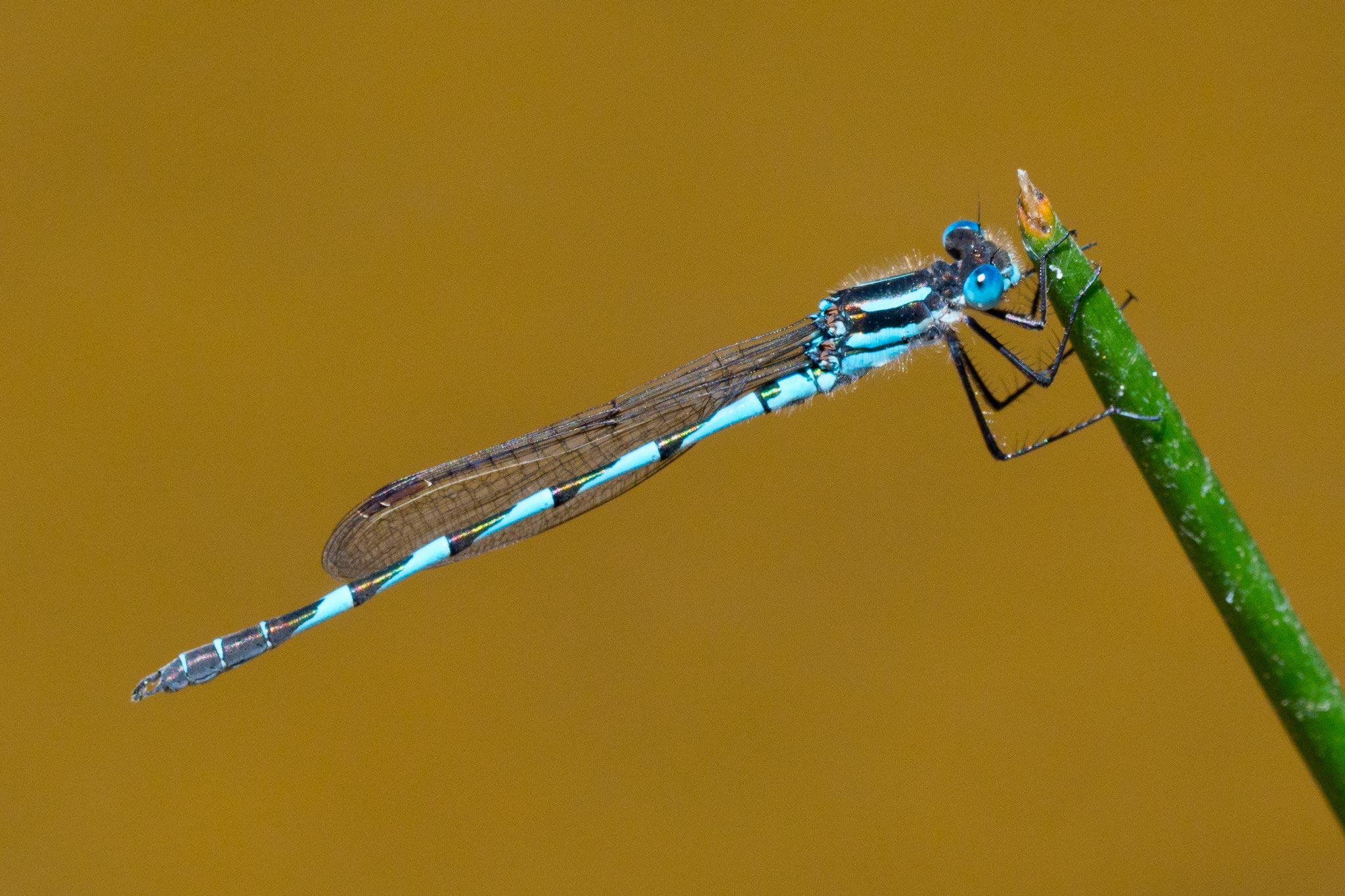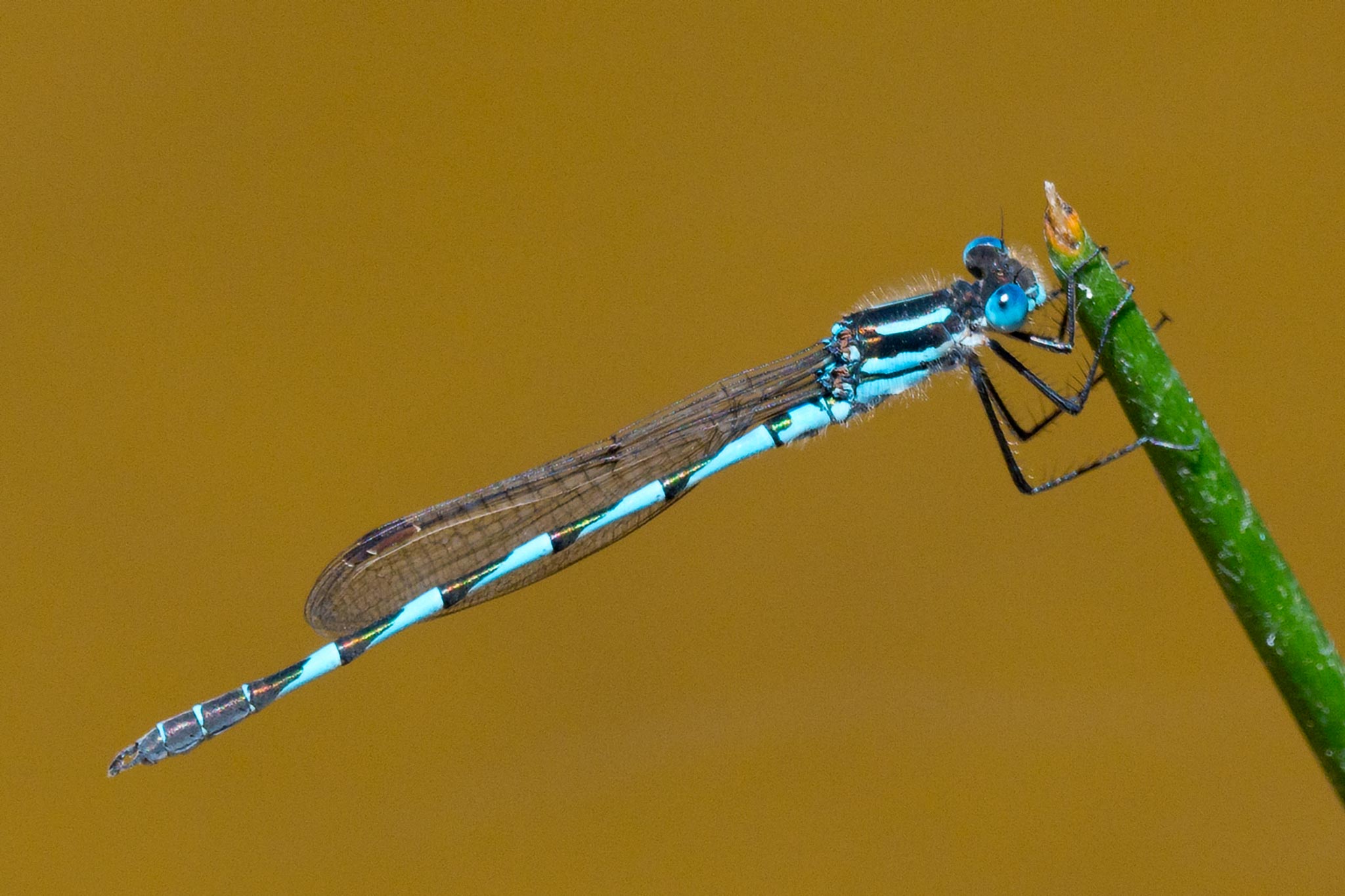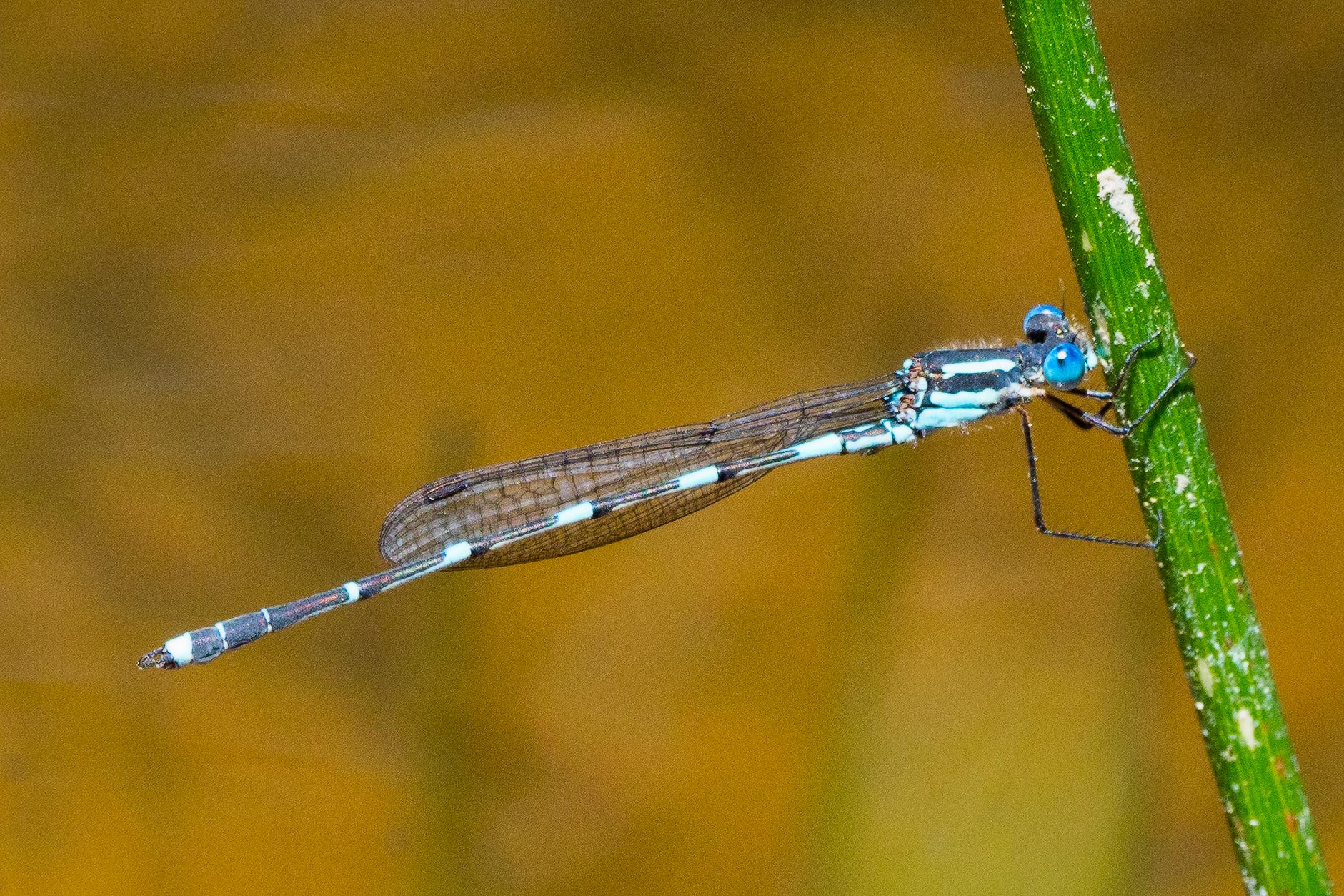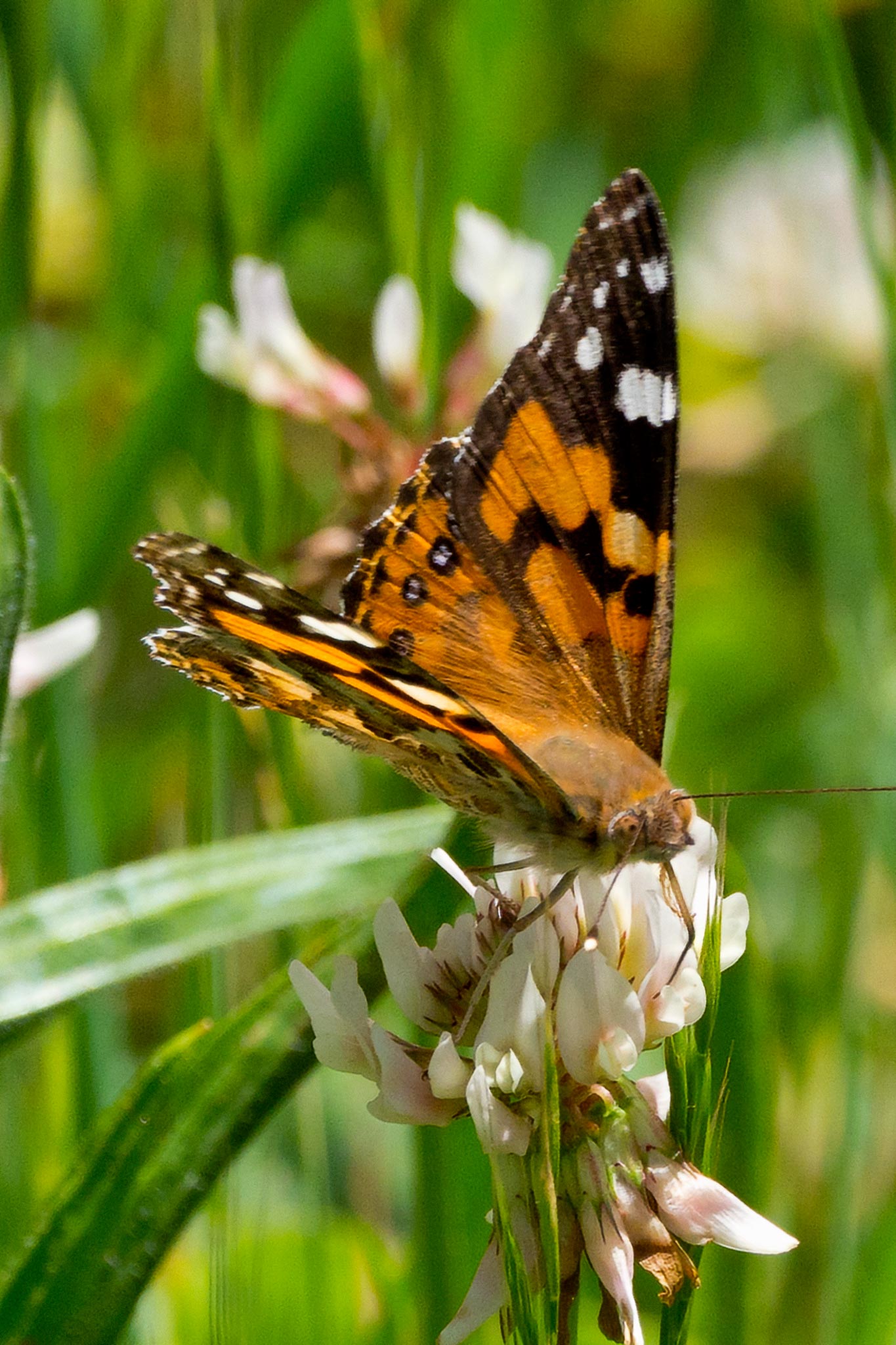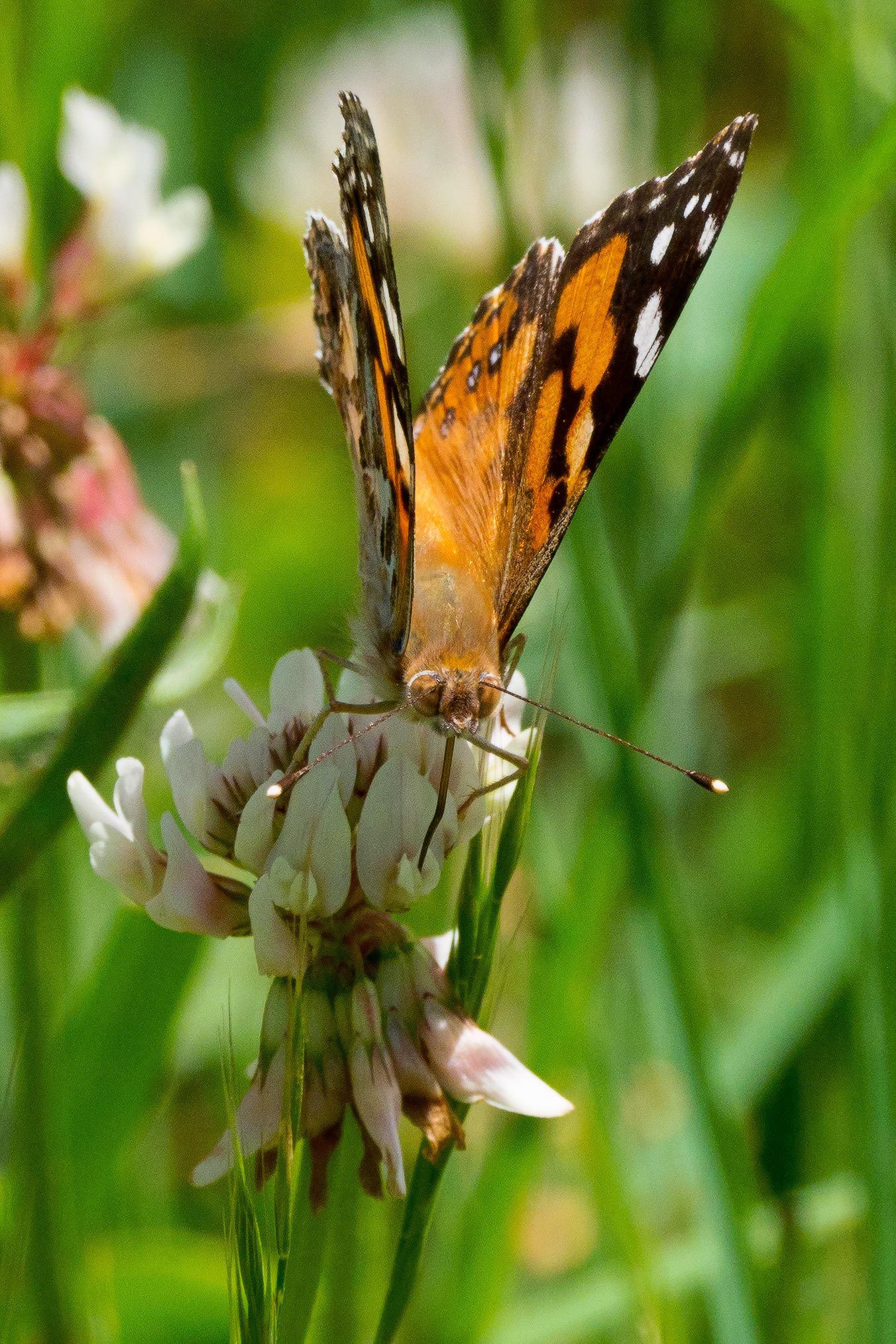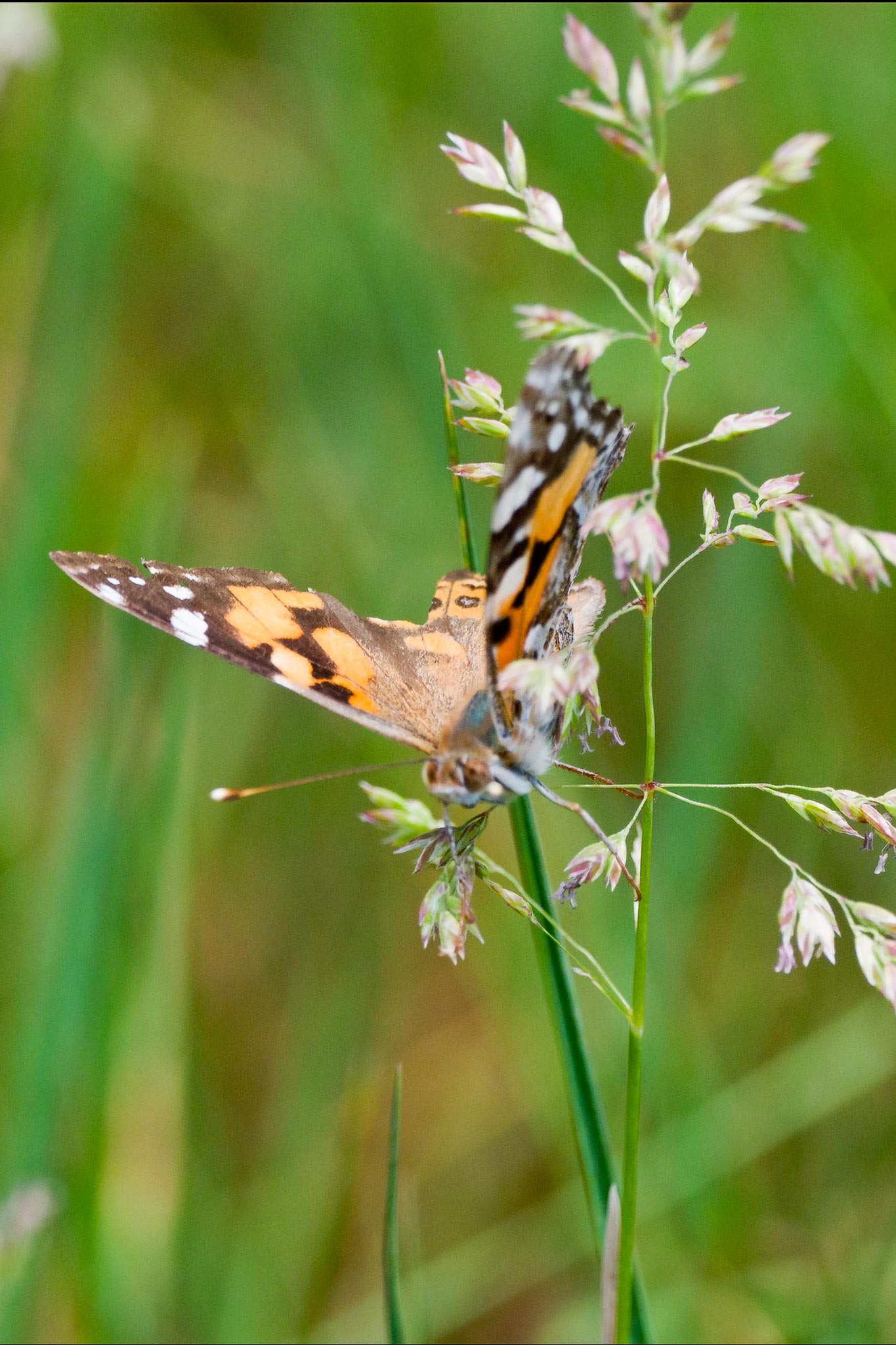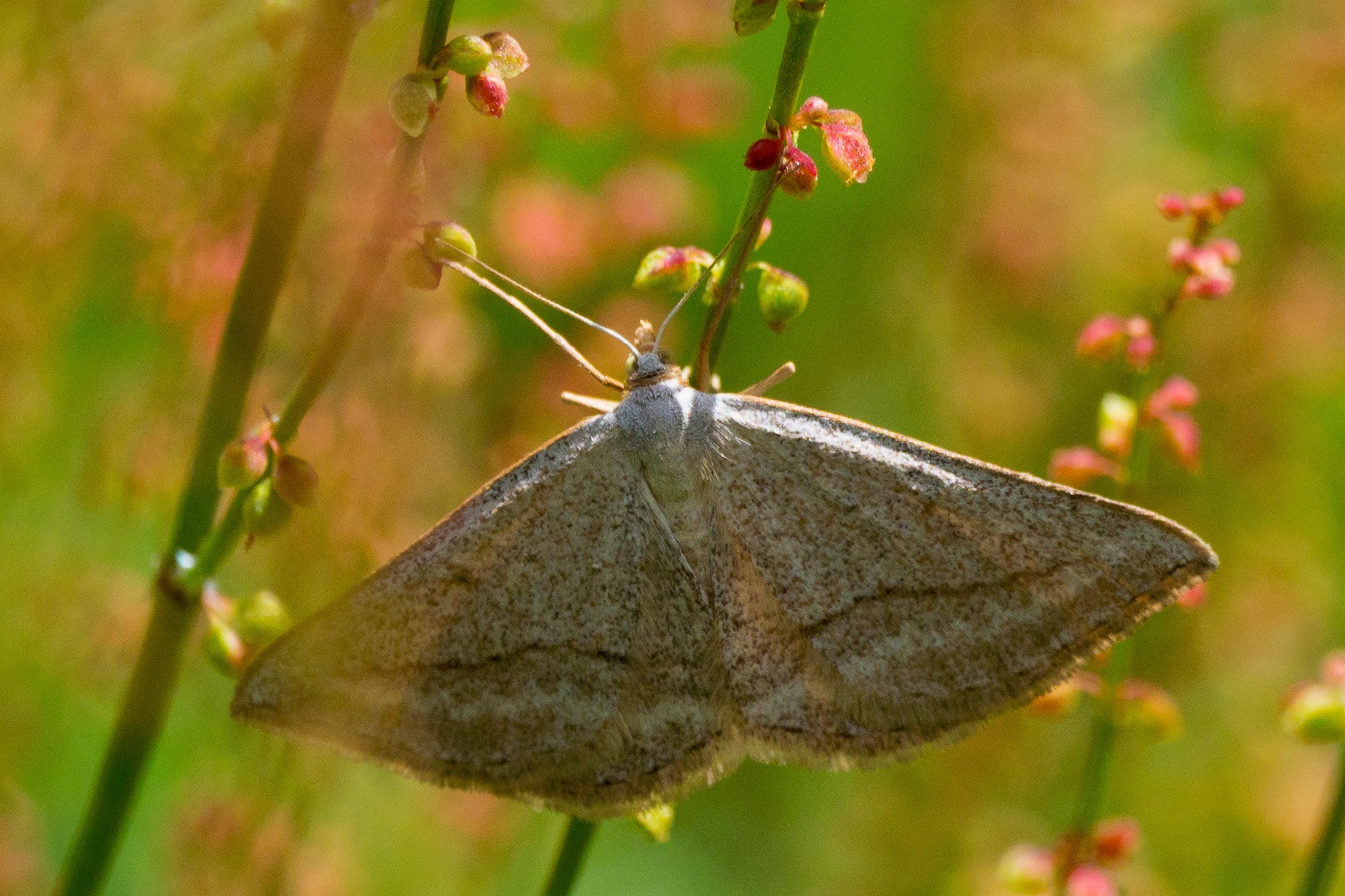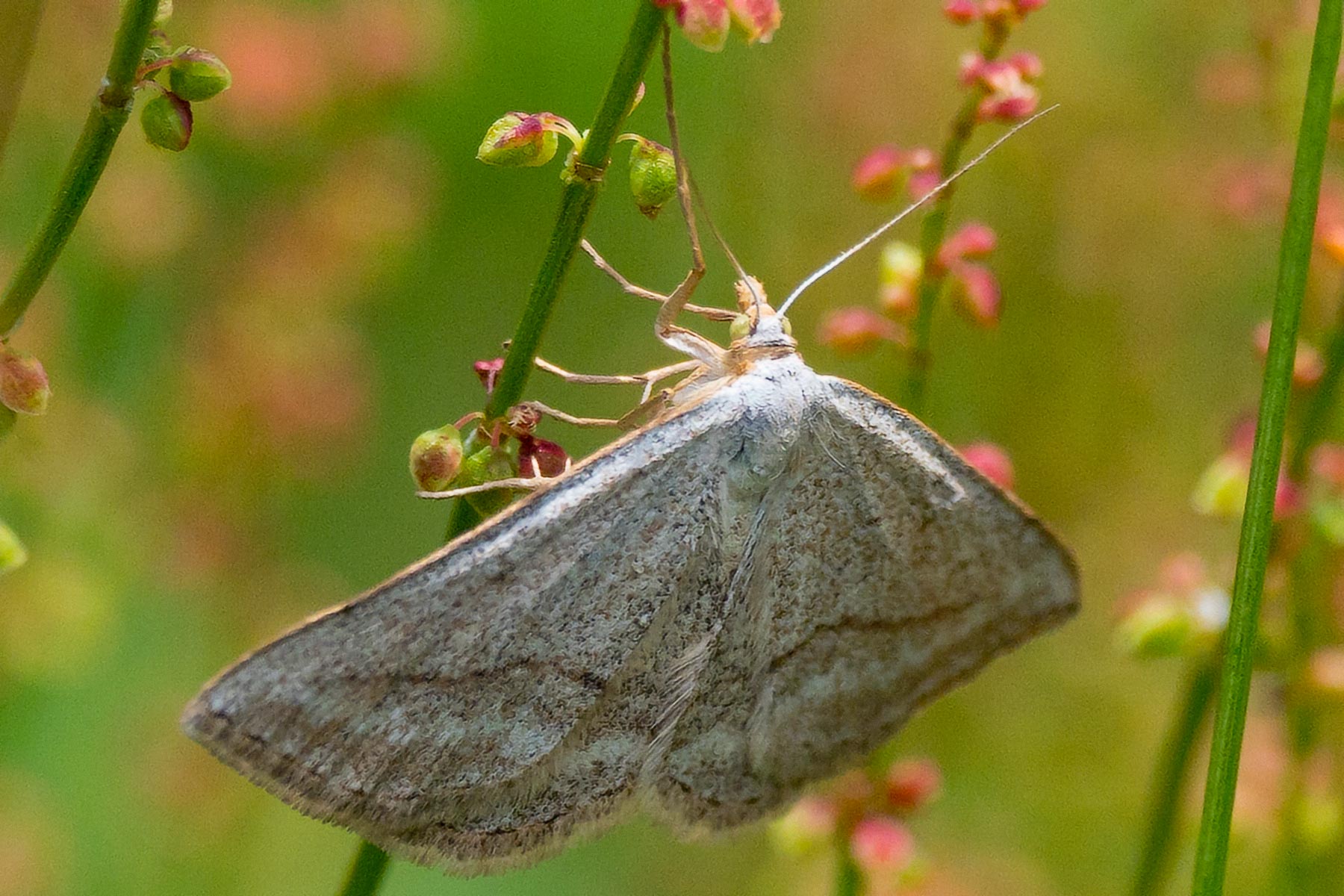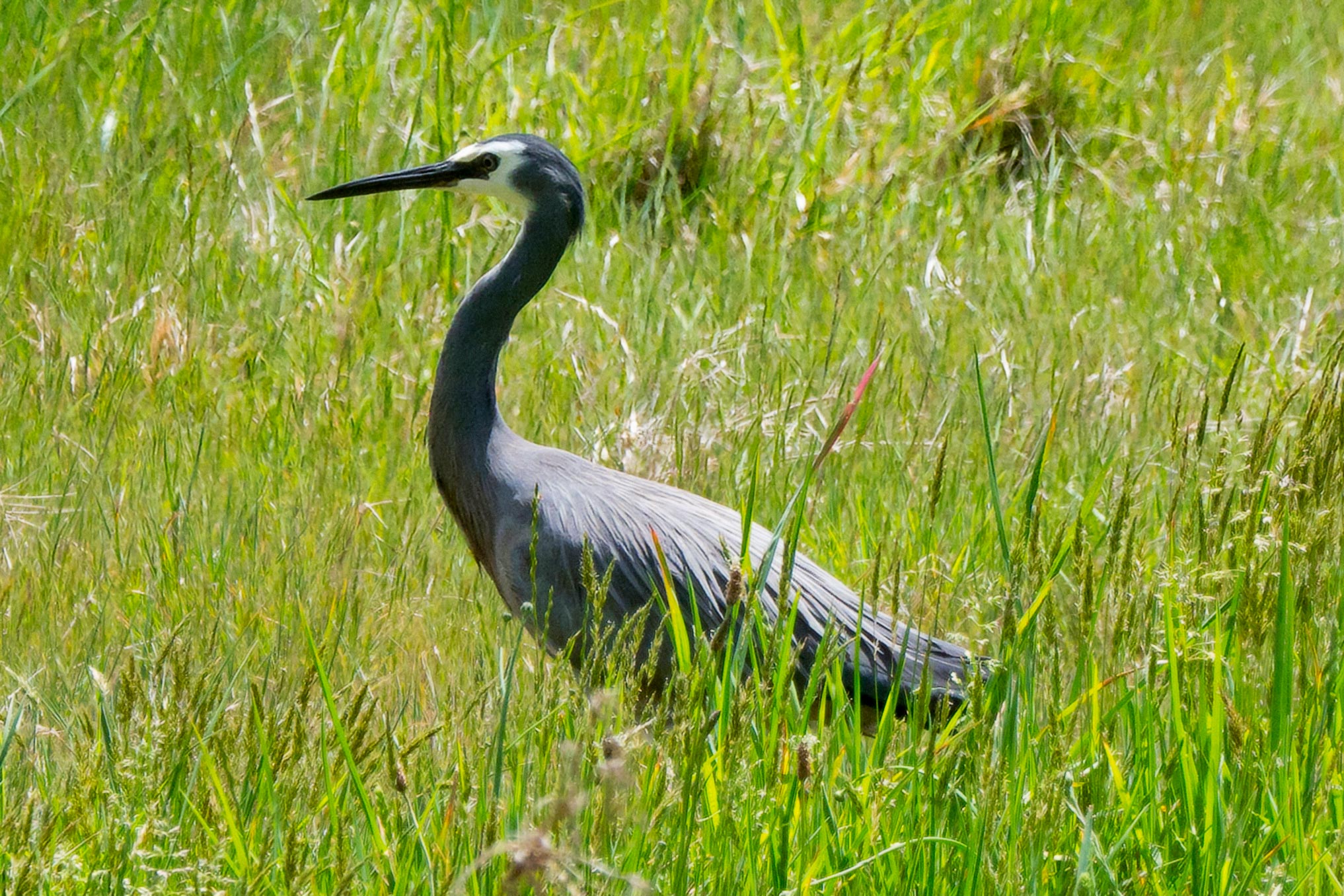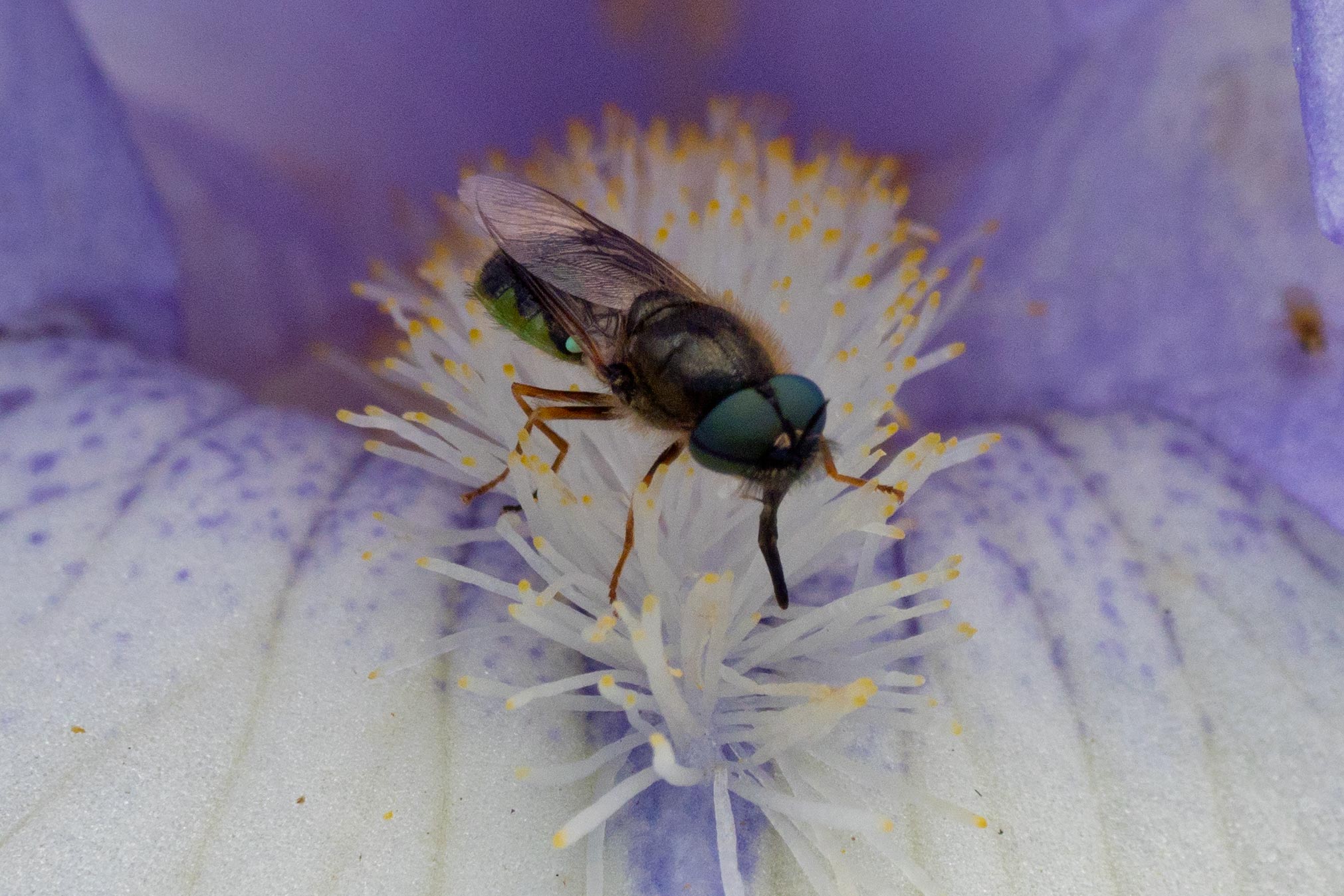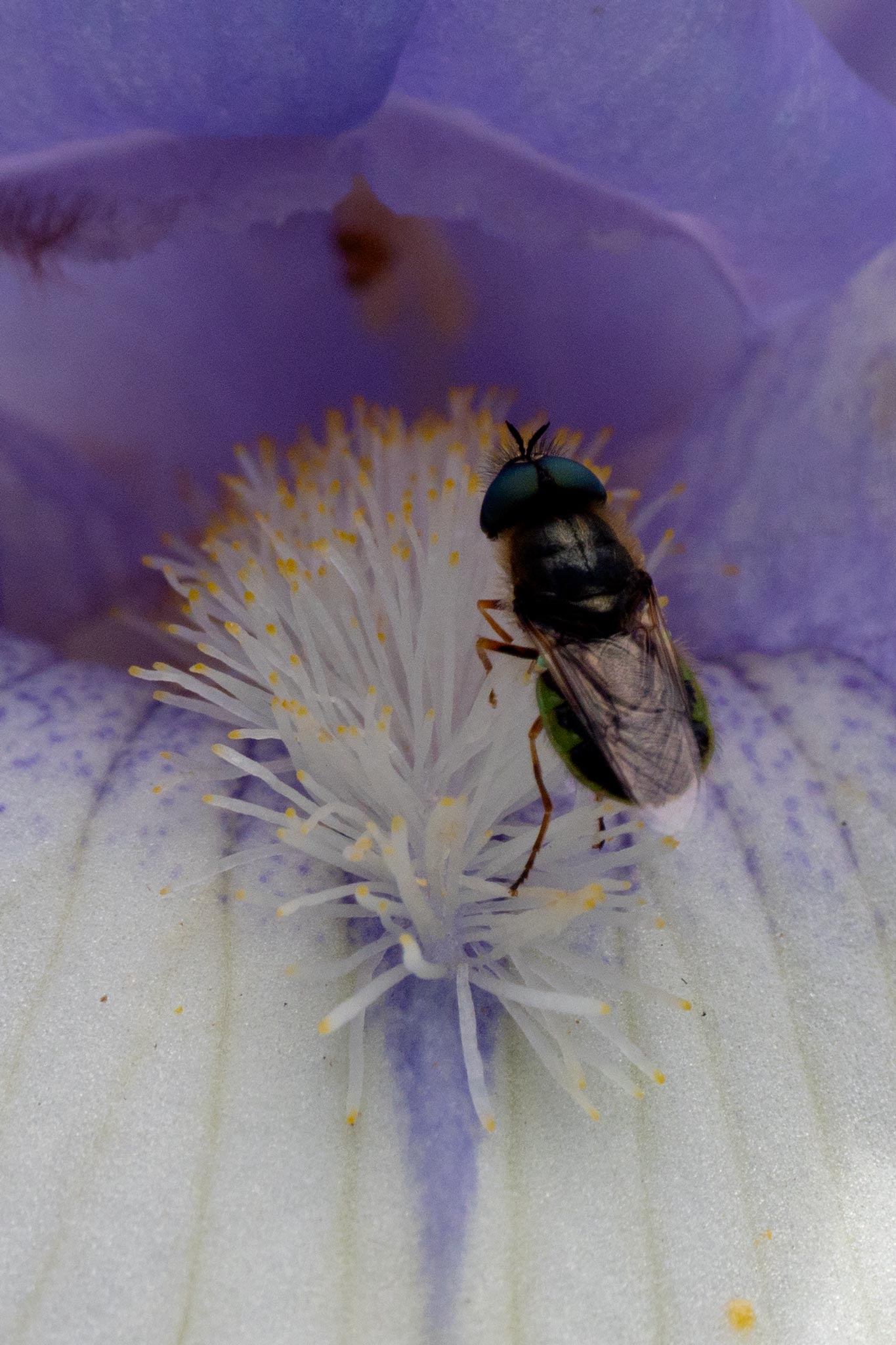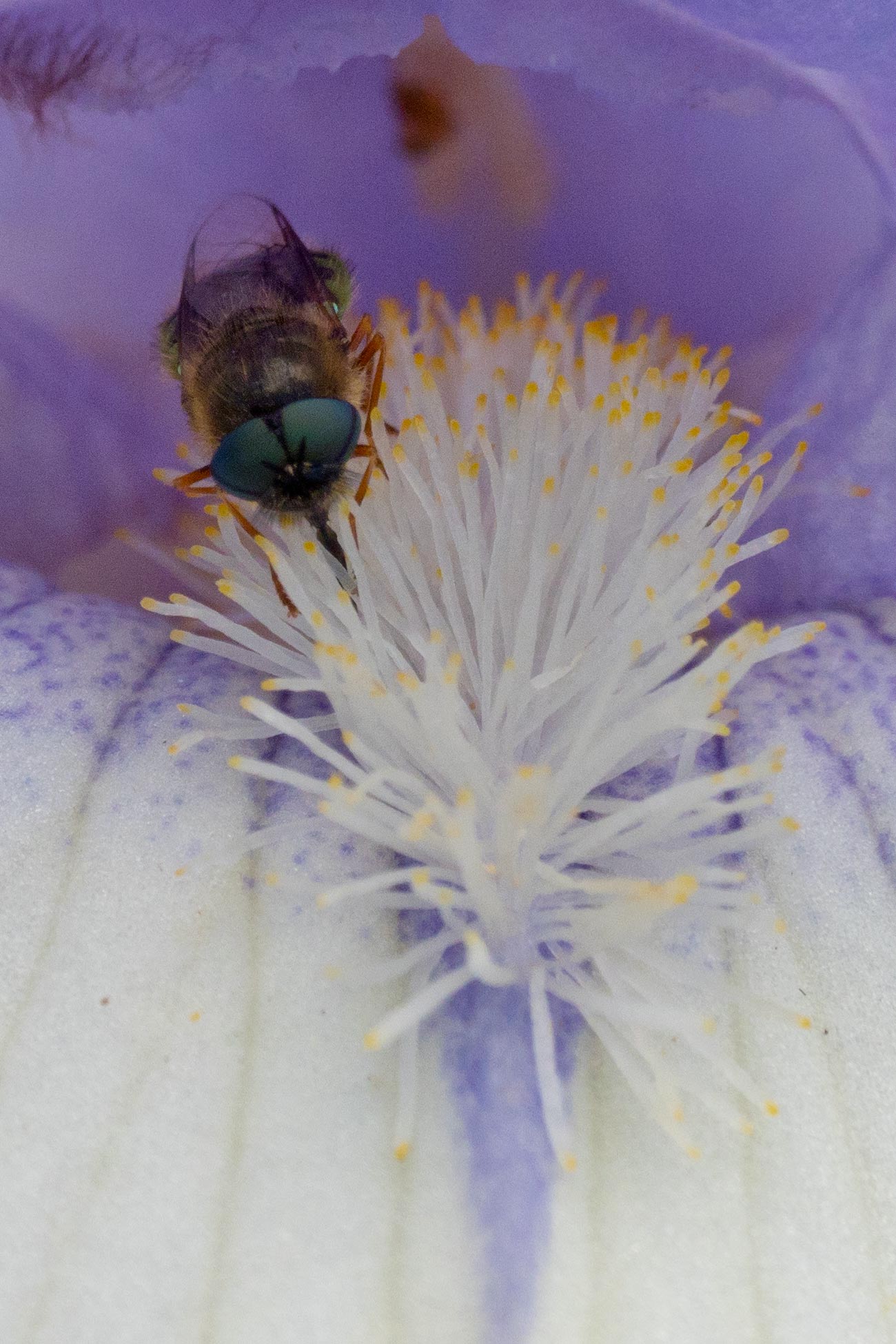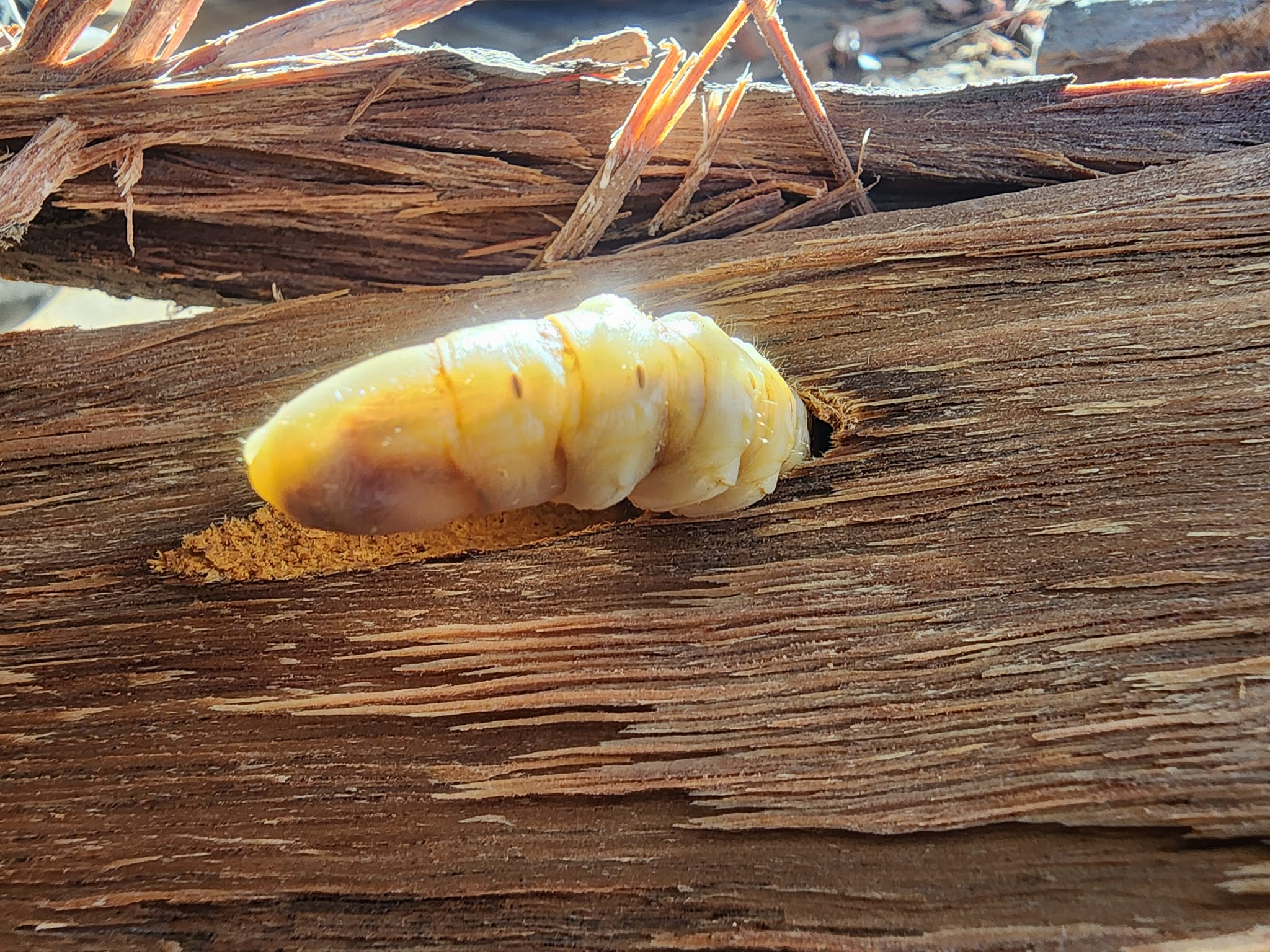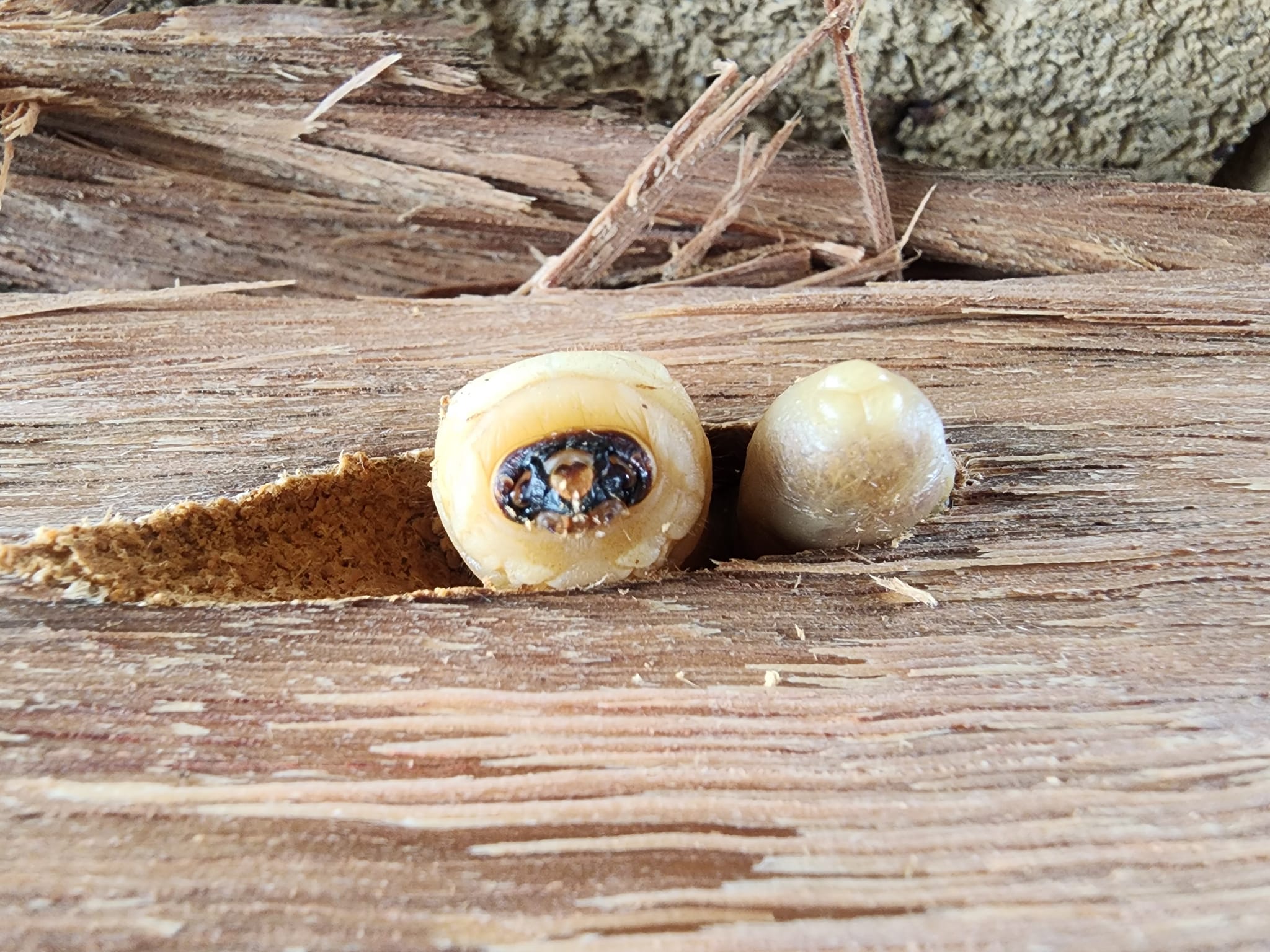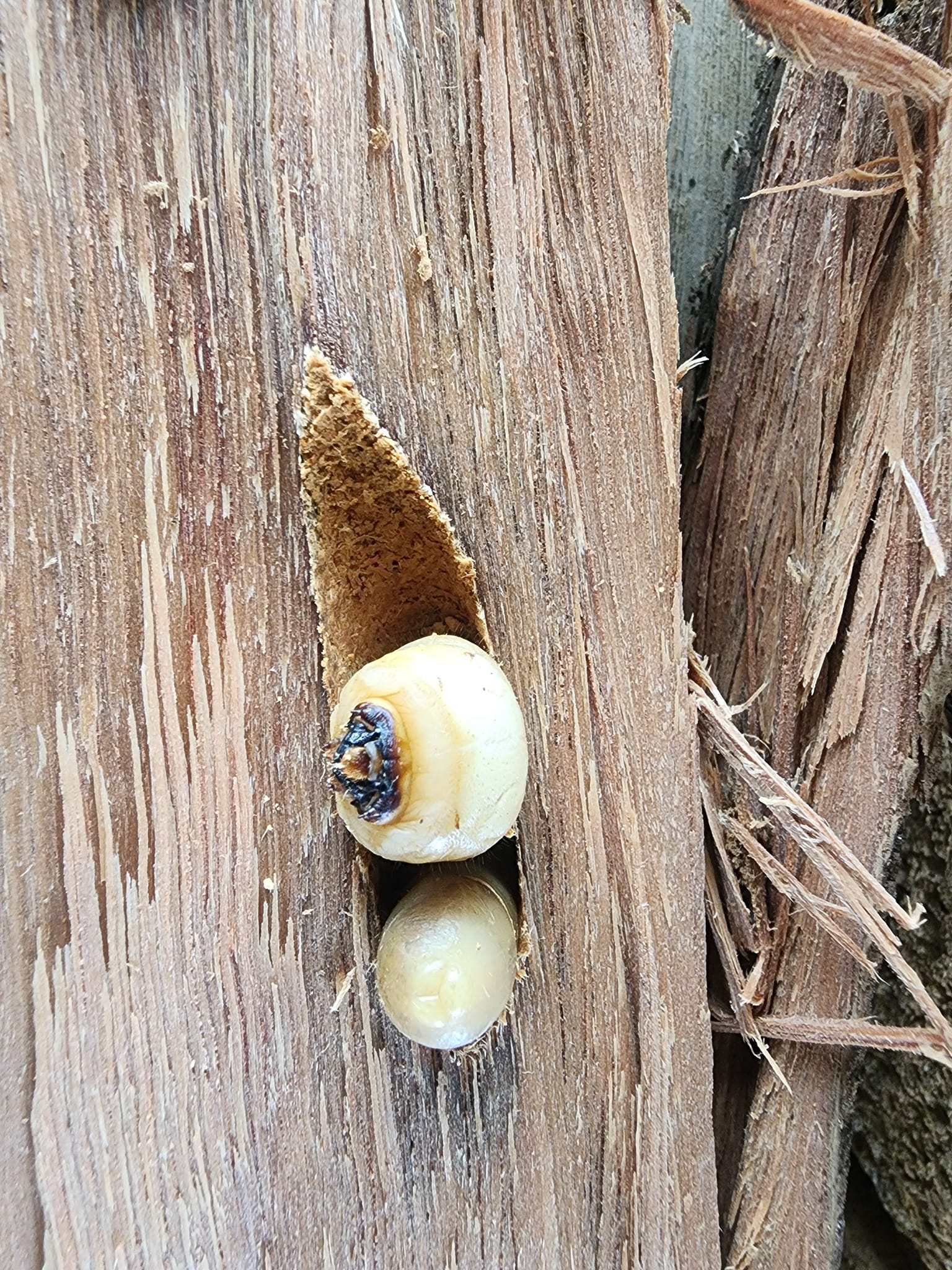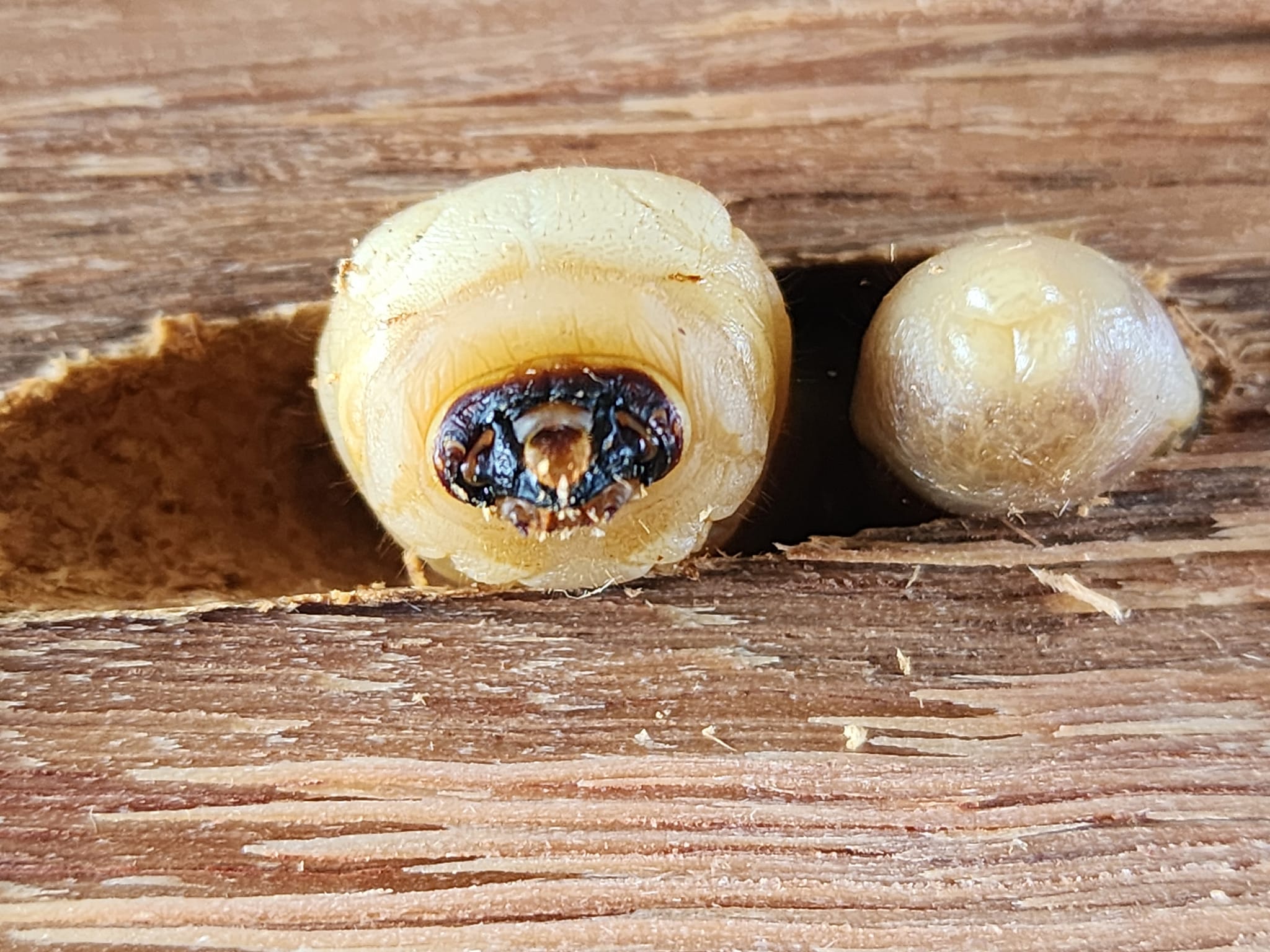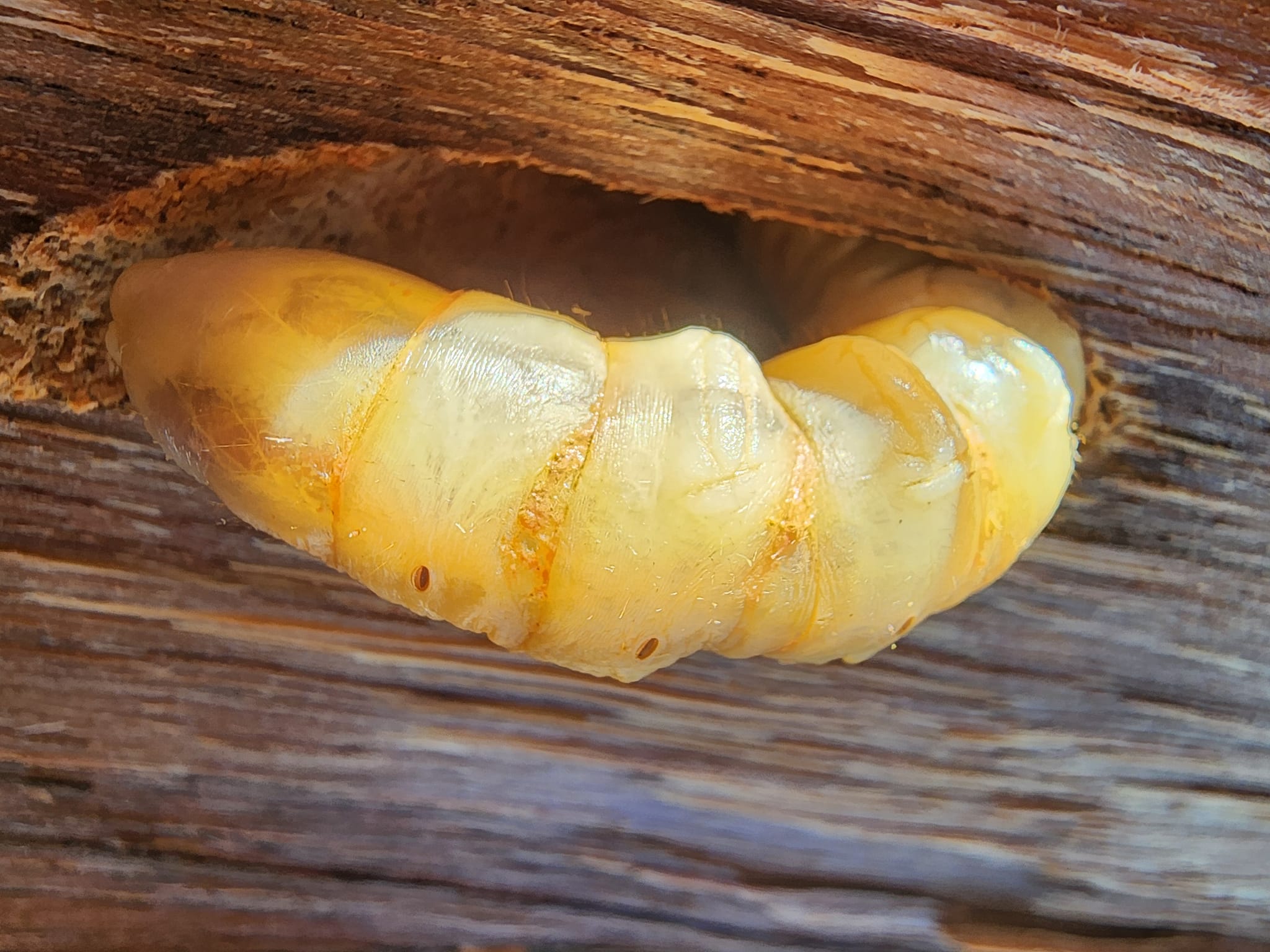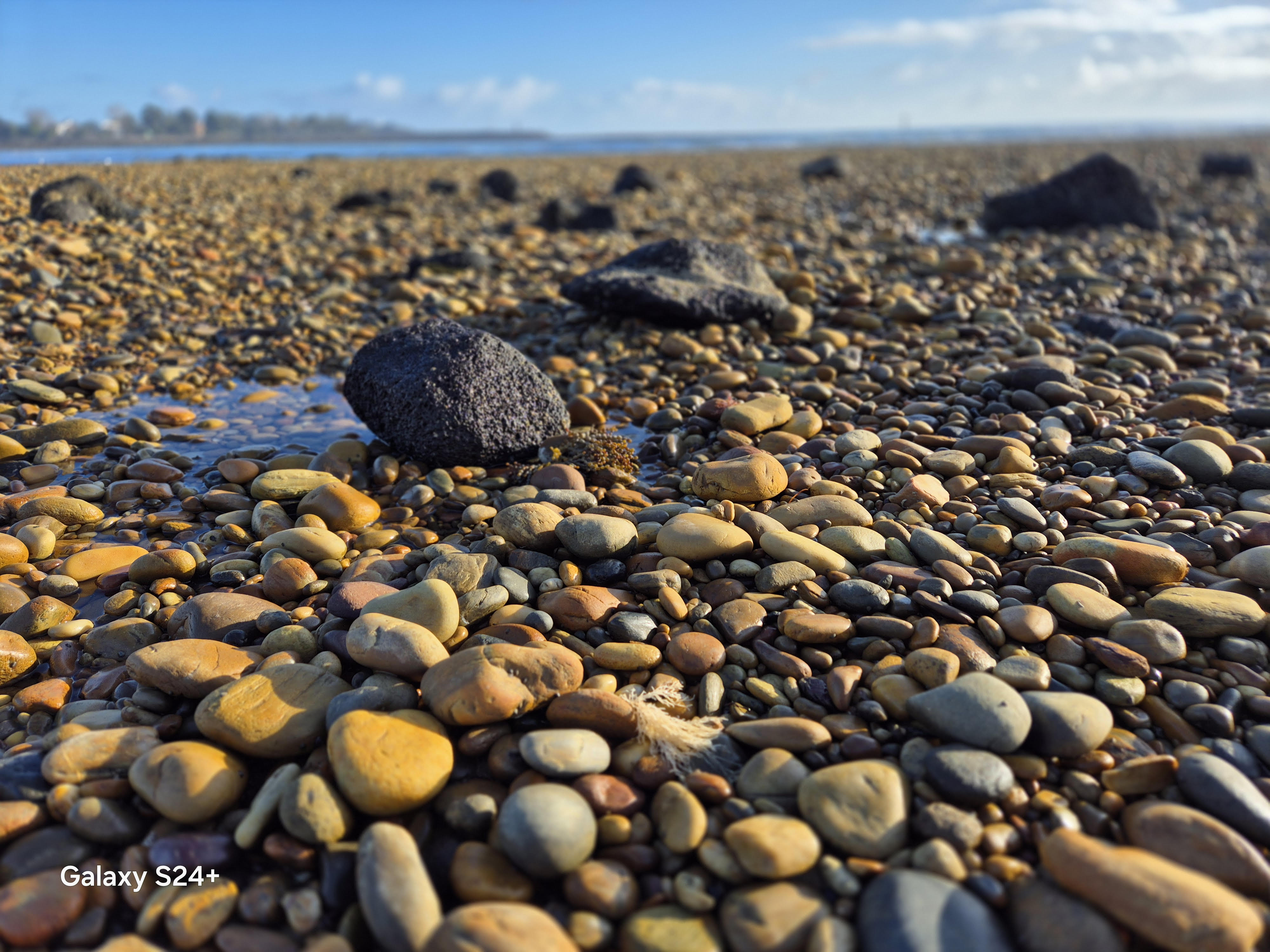OCSN Photo Gallery
This page features photos and videos by OCSN members. Contributions are welcome! Please send your contribution as an email attachment to oberon.citizen.science@gmail.com
If you click on an image it will be displayed in a larger lightbox format. Groups of related images are displayed as a lightbox gallery so that you can flip between them without closing the lightbox.
YouTube videos documenting the results of the OCSN Platypus and Rakali Survey project can now be accessed via this YouTube playlist, which will be updated as new videos are published. Most of the videos in that playlist are also listed below, but the listings on this page may not be as up-to-date as the playlist.
Platypus and rakali in Vulcan State Forest, 28-29 March 2025
This video shows more results from the platypus and rakali survey which Oberon Citizen Science Network is conducting in the upper reaches and headwaters of the rivers in the southern part of Oberon local government area during 2025.
Antechinus, rakali and galaxiids living in Vulcan State Forest, 15 March 2025
This video documents rakali (Australian native water rat), galaxiids (increasingly rare Australian native freshwater fish) and antechinus (Australian native marsupial mouse) living in and along Yallabelli Creek, inside the Vulcan State Forest, about 15 km south of Oberon. The video was filmed further upstream than our previous video, about 1km inside the state forest. It illustrates that far from being “a sterile monoculture”, as plantation pine state forests are sometimes referred to, there are in fact abundant native fauna (and flora) present which need to be considered and protected from adverse impacts of industrial development. Developers currently propose to build one of the largest wind farms in Australia in this and adjacent state forests, in the headwaters of this creek and other key waterways, just a short distance from where these videos were filmed. Oberon Citizen Science Network is documenting biodiversity in and around these state forests in order to help ensure that the ecological impacts of such large developments are properly considered in the forthcoming planning and approval processes.
Platypus, rakali, galaxias & antechinus living in the Vulcan State Forest, 7 March 2025
This video documents platypus, rakali (Australian native water rat), galaxias (increasingly rare Australian native freshwater fish) and antechinus (Australian native marsupial mouse) living in and along Yallabelli Creek, inside the Vulcan State Forest, about 15 km south of Oberon. Developers propose to build one of the largest wind farms in Australia in this and adjacent state forests, in the headwaters of this creek and other key waterways, just a kilometre or so from where these videos were filmed. Oberon Citizen Science Network is documenting biodiversity in and around these state forests in order to help ensure that the ecological impacts of such large developments are properly considered in the forthcoming planning and approval processes.
Platypuses and rakali in Yallabelli Creek, at the edge of Vulcan State Forest, 21-22 February 2025
Several videos from 21-22 February 2025 of rakali and platypuses in the Yallabelli Creek, just a few tens of metres away from the edge of Vulcan State Forest. The Yallabelli is a small but permanent tributary of the upper Duckmaloi River, about 15km south of Oberon in the NSW Central Tablelands. There videos were captured by DIY cameras designed and constructed by Oberon Citizen Science Network which use invisible near-infrared illumination and special camera sensors to film wildlife without disturbing it. We were rather surprised to find plentiful and vigorous evidence of rakali and platypus in such a small tributary, on two successive nights. We will be doing more filming on the Yallabelli and the upper reaches of other waterways in the region in the near future.
Pipe-surfing platypuses! 21 February 2025
This video documents platypuses and rakali successfully negotiating an under-road causeway on the upper Duckmaloi River, about a kilometre or so downstream from where the river rises in the Vulcan State Forest. The video was captured using a specialised low-light camera being developed by Oberon Citizen Science Network for the purposes of monitoring platypus and rakali populations in the headwaters of key waterways in the region, without disturbing the animals. Very dim infrared lighting is used, so dim that the recorded scene appears completely dark to human and probably most animal eyes.
Looking for platypus and rakali in the headwaters of the Duckmaloi River. 1-2 February, 2025.
In this video we see the results of the third test of the specialised low-light camera being developed by Oberon Citizen Science Network to facilitate systematic surveys of platypus and rakali (Australian native water rat) in key waterways in the Oberon region.
First field trial of the Oberon Citizen Science Network Platycam Mark 2 camera – Tim Churches
This 30 minute video documents the very first results obtained from the OCSN Platycam Mark 2 camera. This is an improvement on the Mark 1 prototype. The Mark 2 camera features a high-resolution Sony IMX585 Starvis2 sensor with even better low-light capability than the IMX327 sensor used in teh Mark 1. This camera sensor and matching lens was supplied by specialist vision system developer Soho Enterprise, based in Japan, and it uses an M22 mount f1.0 aperture lens that collects a lot of light. Storage is upgraded to a 2TB NVME SSD attached to a Raspberry Pi 4B single-board computer, all powered by an external 12.8V 30AH lithium iron phospate battery, which also powers a 6W 850nm wavelength near infrared (IR) light for ilumination at night. This IR light source is completely invisible to human eyes, and probably most animals – it is very dim, but is just bright enough (at invisible near IR wavelengths) enough for the Sony IMX585 sensor, even at fast shutter speeds to prevent motion-blur in the captured images. This configuration also permits continuous capture of HD quality video at 24 frames per second, thus this is no longer a time-lapse camera but rather a full-motion camera. Even higher frame rates may be possible. There are a few issues with this first test which need to be resolved, including the white balance, flickering due to the automatic exposure system and difficulty in focussing the lens accurately in the field, given its short depth-of-field due to its wide aperture. All these probelms should be able to be resolved with software changes and the use of a focussing target chart on a pole when deploying the camera in the field. testing using a more powerful Raspberry Pi 5 computer will also be undertaken. Thus, more and hopefully even better results to come!
This video is best viewed in full screen mode at HD resolution.
More field trials of the Oberon Citizens Science Network Platycam Mark 1 DIY time-lapse camera – Tim Churches
A short video showing results of a recent field trial of the Oberon Citizen Science Network Platycam Mark 1 time-lapse camera after some software tweaks to reduce motion blur.
This video is best viewed in full screen mode at HD resolution.
Platypus time-lapse video surveillance in an isolated dam, Chatham Valley, near Oberon NSW – Tim Churches
This time-lapse video was recorded at an isolated dam on a private property in Chatham Valley, about 15 km south of Oberon township, NSW. The dam is 200-300m from the nearest permanent tributary of the upper Duckmaloi River, at an elevation of about 1250m ASL. The video clearly shows a population of at least two platypuses in the dam, probably three, and possibly four. Further behavioural monitoring videos of this platypus population are planned. Oberon Citizen Science Network thanks the property owner for inviting us to record these images.
This video is best viewed in full screen mode at HD resolution.
Platypus and rakali monitoring, upper Duckmaloi River, 27-30 Dec 2024 – Tim Churches
More monitoring of platypus and rakali in the upper Duckmaloi River south of Oberon, part of the Oberon Citizen Science Network program to develop and deploy technologies and methods to monitor these species in the headwaters of the Duckmaloi and connected waterways, as well as the upper Tuglow, upper Fish and upper Retreat rivers, all of them in and adjacent to the Vulcan State Forest.
This video is best viewed in full screen mode at HD resolution.
Testing the Oberon Citizen Science Network Platycam Mark 1 custom time-lapse camera, upper Duckmaloi River, 29-30 November 2024 – Tim Churches
This is an early test of the custom DIY time-lapse camera designed by Oberon Citizen Science Network members to provide better capabilities for studying platypus and rakali activity in low-light and nocturnal conditions than those provided by commercial time-lapse cameras. Here it is operating at 3 frames per second in total darkness, but it can operate at up to 5 frames per second, with a fast shutter speed to prevent blurring of fast-moving platypuses. Commercial time lapse cameras like the Brinno TLC300 are limited to 1 frame per second which is not quite fast enough. Illumination is provided by low-level (6W) 850nm infrared LED lighting (even lower-power infrared lighting is being developed for Platycam Mark 2). Location is the upper Duckmaloi River, about 15 km south of Oberon township, NSW Central Tablelands, elevation 1150m.
This video is best viewed in full screen mode at HD resolution.
Some stunning macrophotography shots of local insects – Al Sheehan
Some great macro photography by OCSN member and secretary Al Sheehan taken on his propoerty a bit south of Oberon township towards Edith.
Click on an image to see it full-screen – you can then flick quickly between images in each series using the arrows on the left and right.
Platypus and rakali party, upper Duckmaloi River, 24-31 October 2024 – Tim Churches
Yet another time-lapse video, the last for a month or so, using the same Brinno TLC300 camera at 1 frame per second, this time deployed about 50 metres downstream from the first video above, and about 150-200m from the later videos above. This section is heavily infested with willow trees, alas. The video includes all the platypus and rakali sightings forom a whole week of surveillance between 5:30pm and 8pm AEDT each day - so from before dusk to complete darkness. Most of teh action happens just before night falls, after 7:30 pm (sunset was at about 7pm), which is right at the limit of the modest low-light capabilities of the Brinno camera. The highlight of this video are two platypuses which are are seen interacting with each other, and a rakali is seen exiting and returning to its burrow in the river bank.
This video is best viewed in full screen mode at HD resolution.
Platypuses in the upper Duckmaloi River in flood 18-19 October, 2024 – Tim Churches
Another time-lapse video, using the same Brinno TLC300 camera at 1 frame per second, redeployed a further 50 metres upstream, with a view down stream to where the two sets of time lapse videos above were captured. On the first day of surveillance, the river is at its normal level, but on the second day it is in partial flood, and platypuses can be observed zooming downstream as well as struggling upstream against the strong current.
This video is best viewed in full screen mode at HD resolution.
A whole week of platypus and rakali surveillance using a time lapse camera, upper Duckmaloi River, 24-30 September 2024 – Tim Churches
Further to the platypus detections in the video above, the same Brinno TLC300 camera was redeployed about 150 metres upstream, with a view down stream to where the original set of time lapse images were captured. The camera was set to run every evening from 4pm until after dark, one frame every second. It was left there for an entire week. The video here shows all the platypus and rakali sightings in the course of that week of twilight filming. Notably, the platypus, or possible multiple platypuses, are always heading upstream at twilight, whereas in the previous video, they or it appeared to be heading downstream at dawn. A better camera, with better low-light or night-vision performance and the ability to capture over multiple schedules each day is needed – various DIY solutions are being trialled. The camera will be redeployed to yet another pond a few hundred metres up stream.
This video is best viewed in full screen mode at HD resolution.
Platypus caught on time lapse camera, upper Duckmaloi River, 18 September 2024 – Tim Churches
Immediate success with my new Brinno TLC300 timelapse camera (a birthday present from my sons but available for OCSN use). On the very first deployment it captured a platypus in the first 10 minutes, but a bit far away. This video is from two days later. Air temperature was -4.5 degress C at 5:30-6:30am when it was captured. You can see its wake as it moves right to left (travelling down stream), then it cruises along the bank in the bottom left of the frame, then does something right underneath the camera, but (damn it) just out of frame, then it swims off down stream again. Best viewed in HD resolution on a a large screen, you can see it resurfacing every 10 or 15 metres. At the end of the video are some magnified edits of it swimming along the bank just near the camera. The camera will be redeployed to another pond a few hundred metres up stream.
Echidna trains in Duckmaloi – Sue George
A wonderful series of trail cam videos of echidna trains captured by Sue George in August 2024, in the depth of winter, at Duckmaloi.
Antechinus at entrance to a wombat burrow in 2021, Chatham Valley – Tim Churches
Note the round, bi-lobed ears, the forward-facing eyes and the hopping motion. Not a rat or a mouse. The white thing is a wombat mange treatment flap – it pours cydectin insecticide on the back of the wombat as it passes underneath, at least in theory. We found they worked maybe 10% of the time, but that was enough to cure our wombat population of mange over the course of about 6 months of weekly or bi-weekly treatments.
Yellow-footed antechinus, Chatham Valley – Tim Churches
Almost certainly a yellow-footed antechinus spotted in our orchard/raspberry patch (no, not a graveyard) video surveillance footage (under surveillance for wallabies eating the plants). The body shape and snout are not right for a rat, nor is the very long tail with a black tip, and it moves with a slight hopping motion. Surprisingly little is known about the various antechinus species, which are no longer very common.
Platypus in the upper Duckmaloi River, 24 August 2024 – Tim Churches
Here is a platypus captured at twilight on 24 August 2024 in the upper reaches of the Duckmaloi River, in Chatham Valley, just a few kilometres downstream from its headwaters. Observed for about a minute but only managed to capture a few seconds of video. The river is in partial flood.
Rakali (Australian native water rat) caught on camera in Stone Creek, O’Connell – Kyla Ries
A recent article published by ABC News on the rakali, and a call for citizen scientists to log sightings of it, is available here. This is something which OCSN should promote and get involved in!
In this second video, watch towards the end for a flash of the rakali’s white tail on the left of the video.
Australian eucalyptus longhorn beetle larvae – Kyla Ries
Kyla Ries contributed these beautiful macro photos:
I found this yesterday whilst splitting wood in O’Connell. Wood is from Queensland. I thought it might be a moth larvae, like a bogong moth or giant wood moth but after seeking advice through some entomology groups it seems it is a longhorn beetle larvae. Most likely a native Australian eucalyptus longhorn beetle. It’s fascinating what you find when you take time and look.
Lava blocks on a beach in Devonport – Darren Miner
Darren Miner writes about this photo:
I was in Devonport last week, took some lovely beach photos, one of my favourites are these small blocks of lava, from when Australia separated from Africa and Asia about 140 myo (million years ago).

